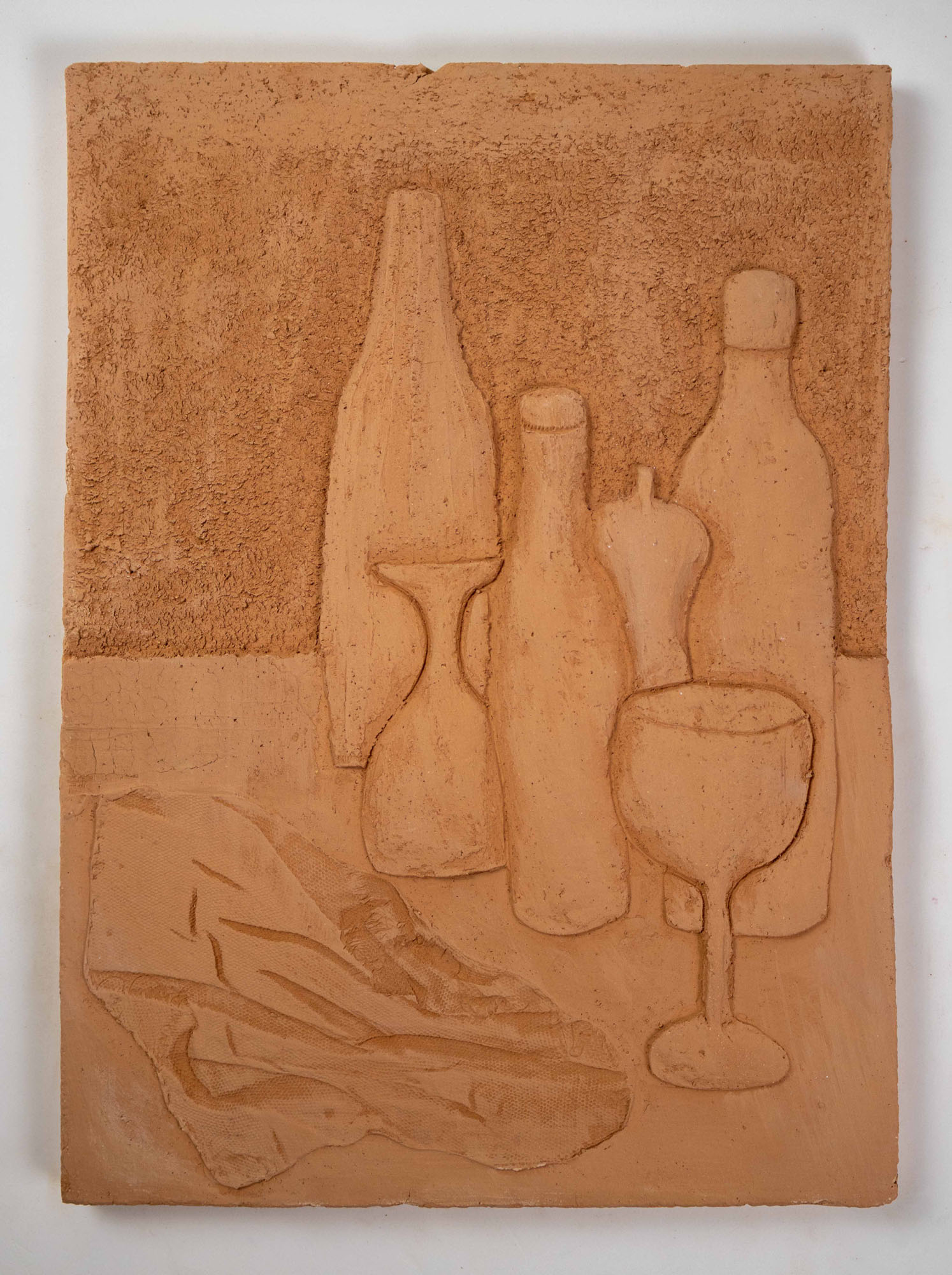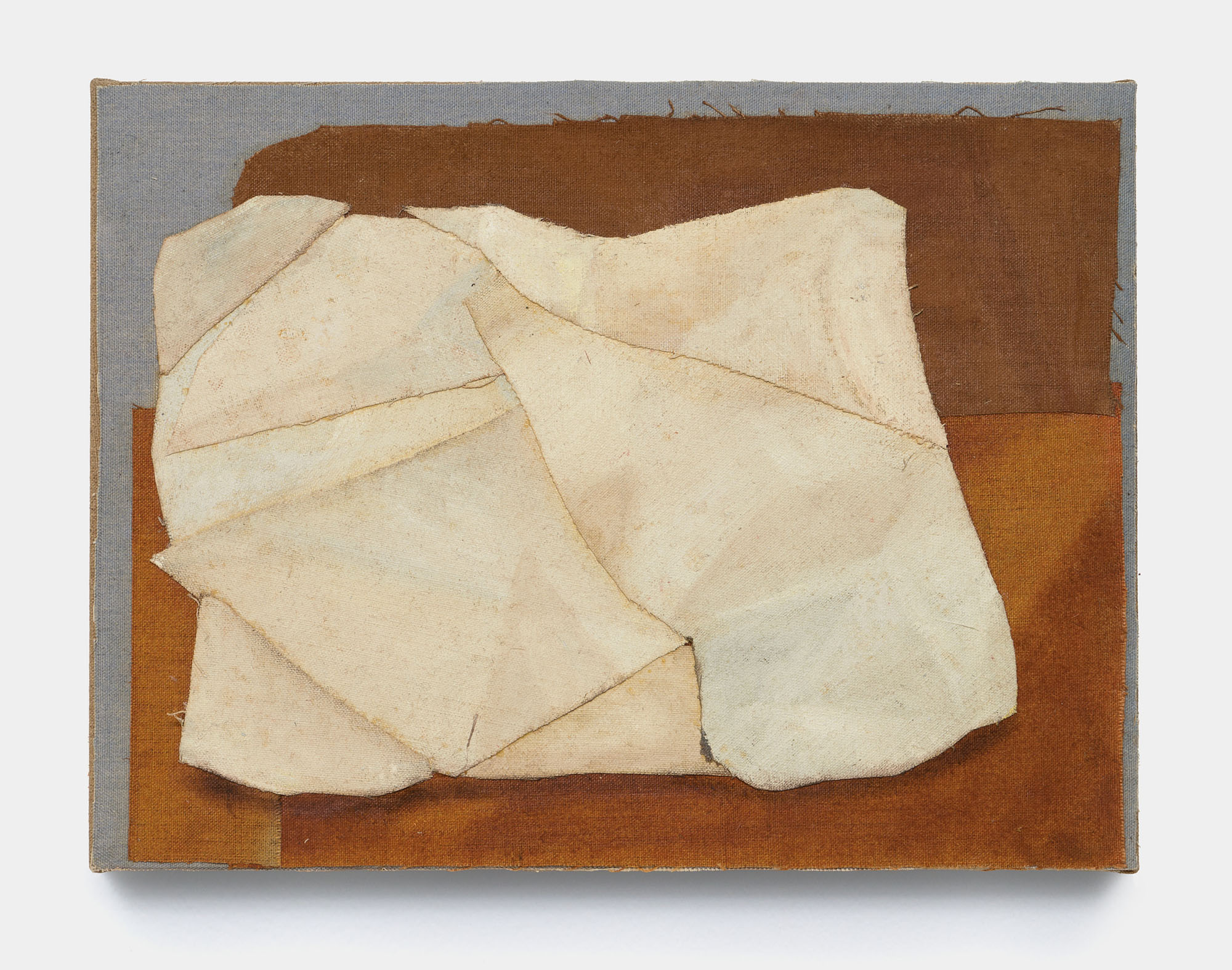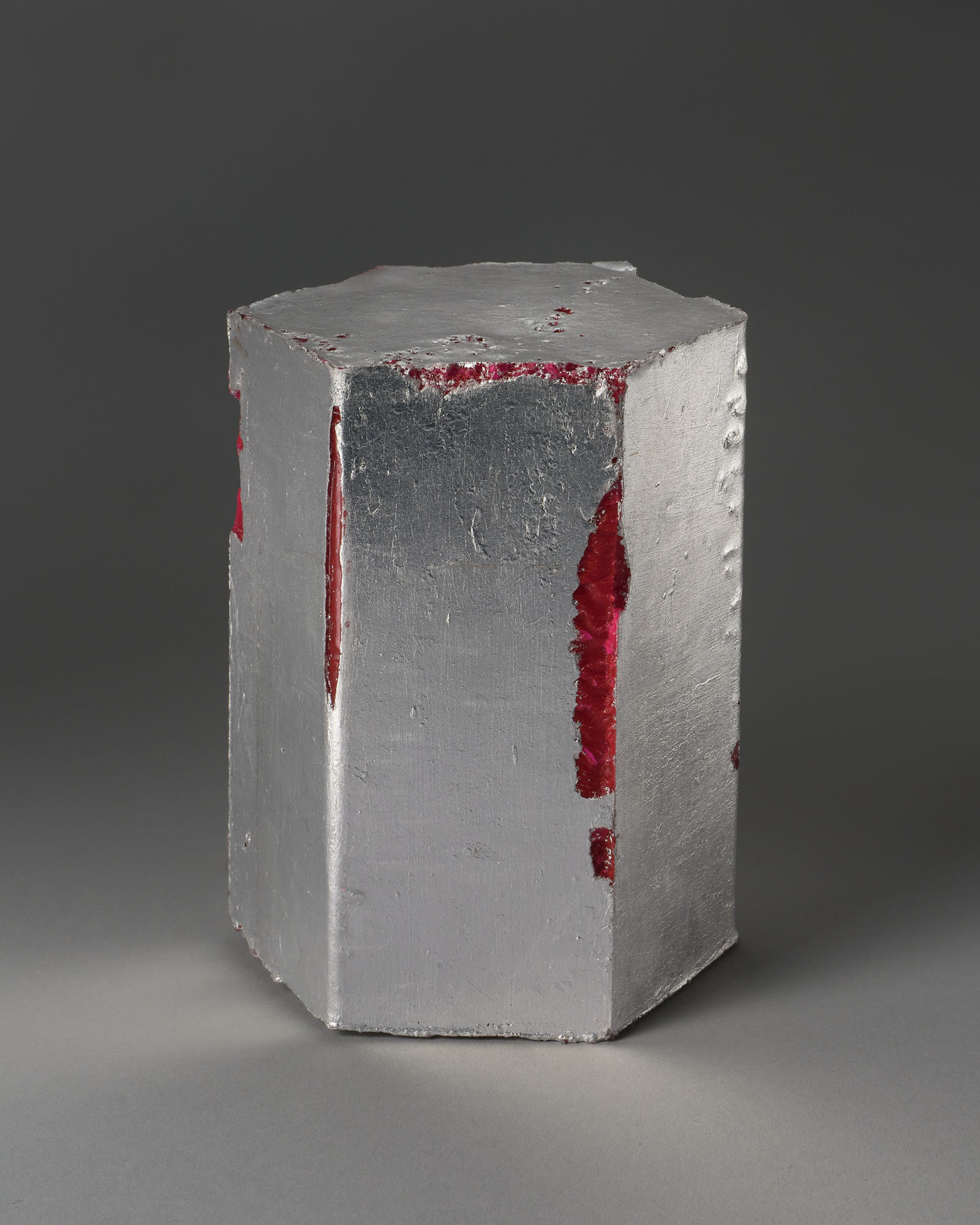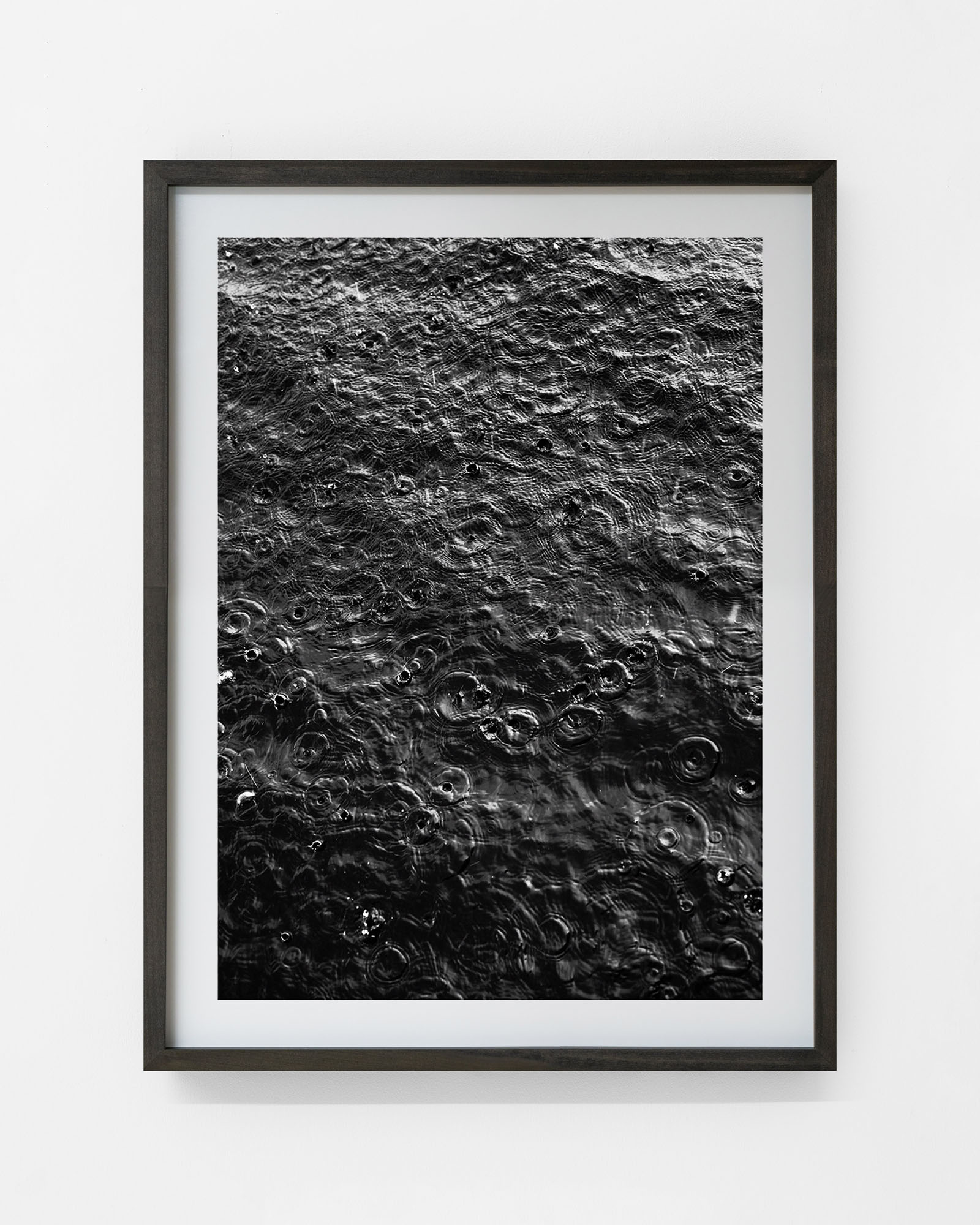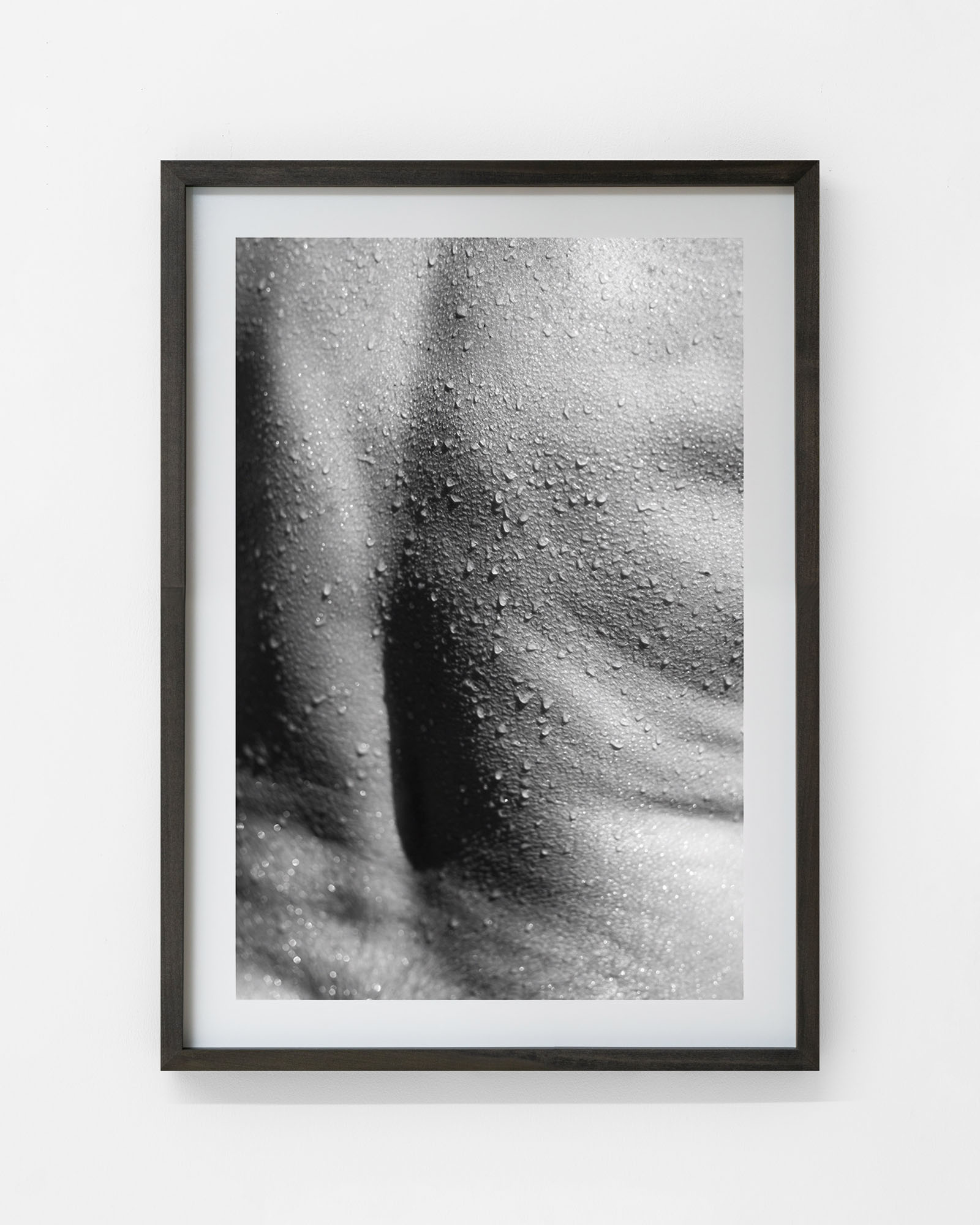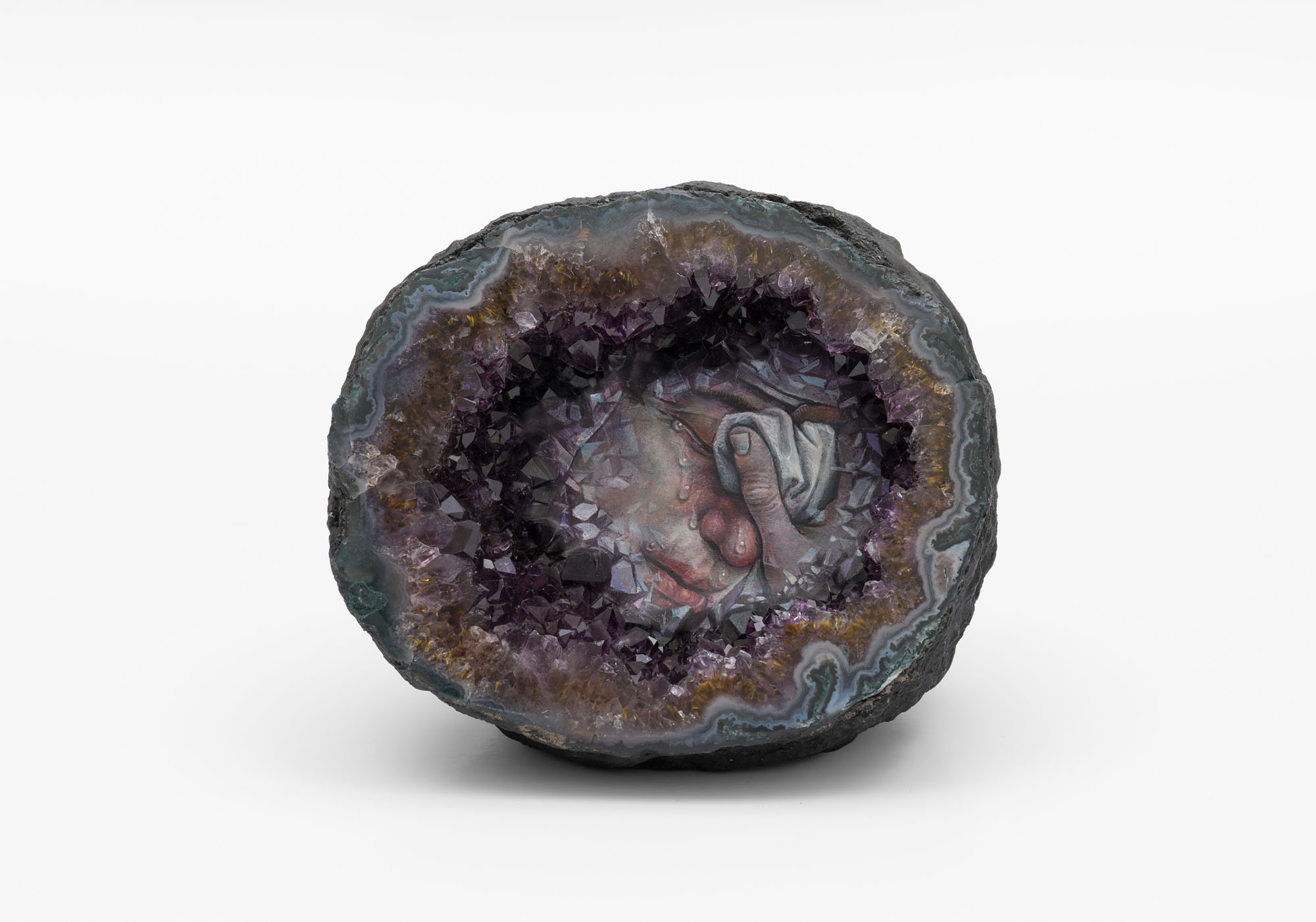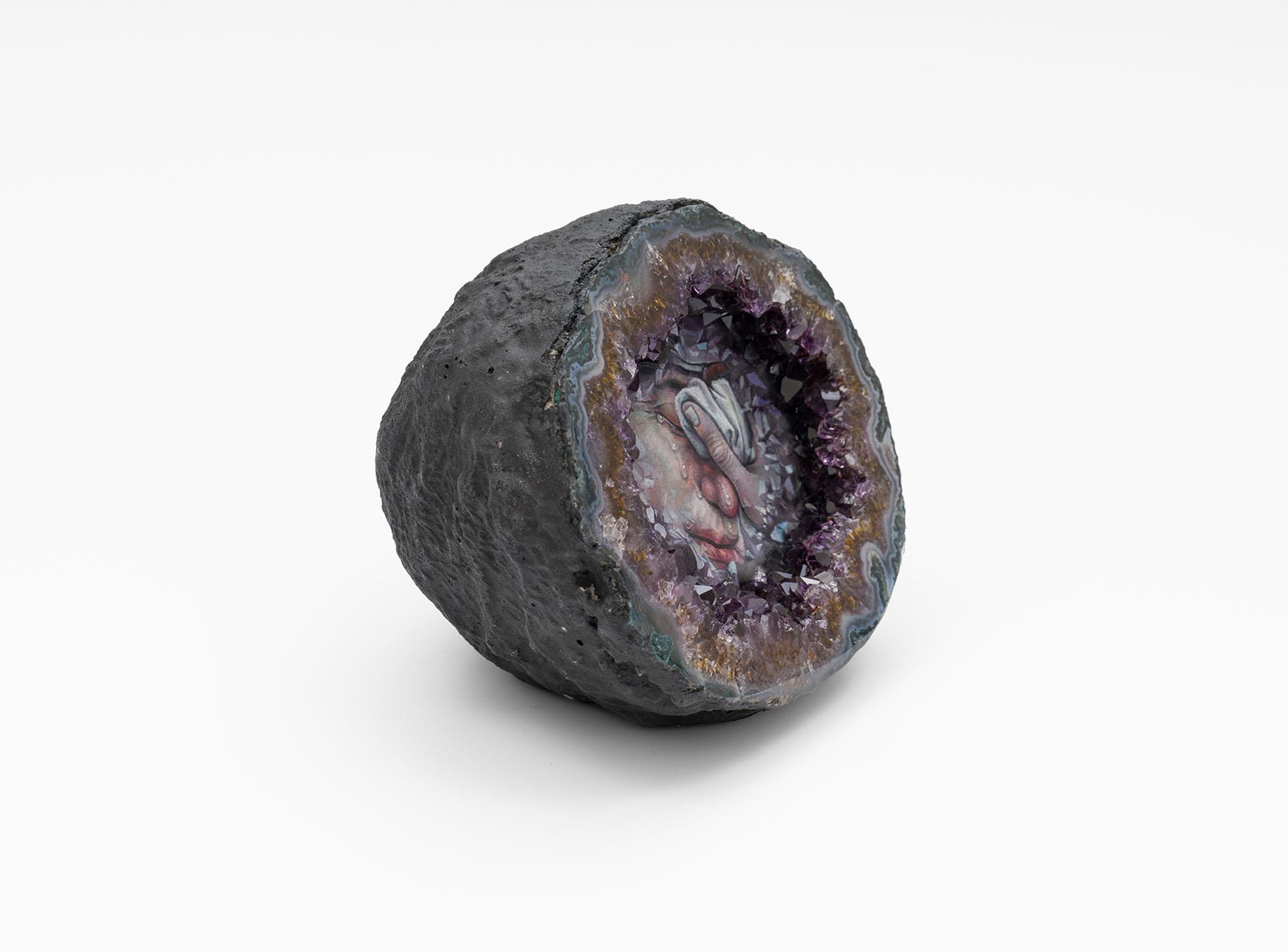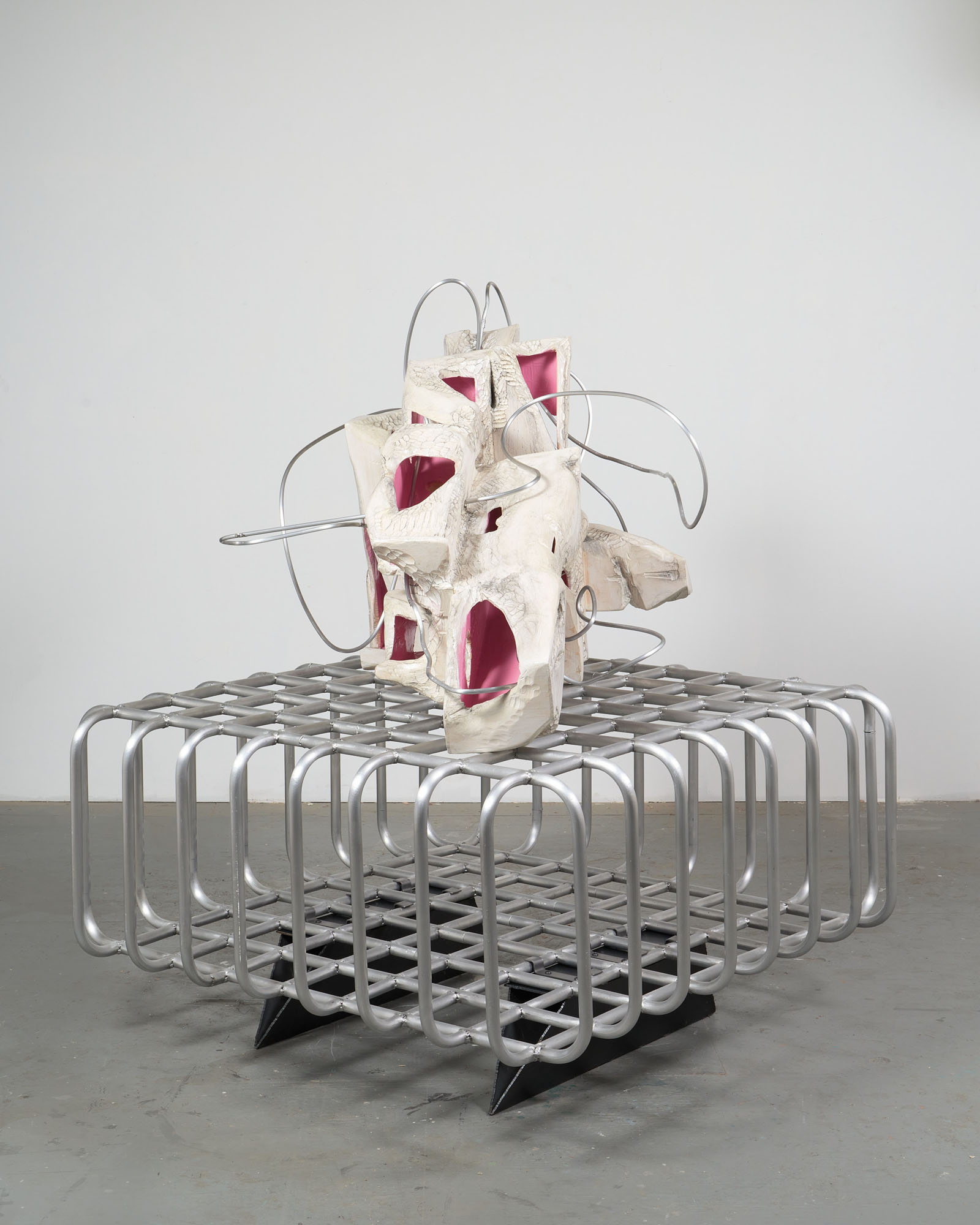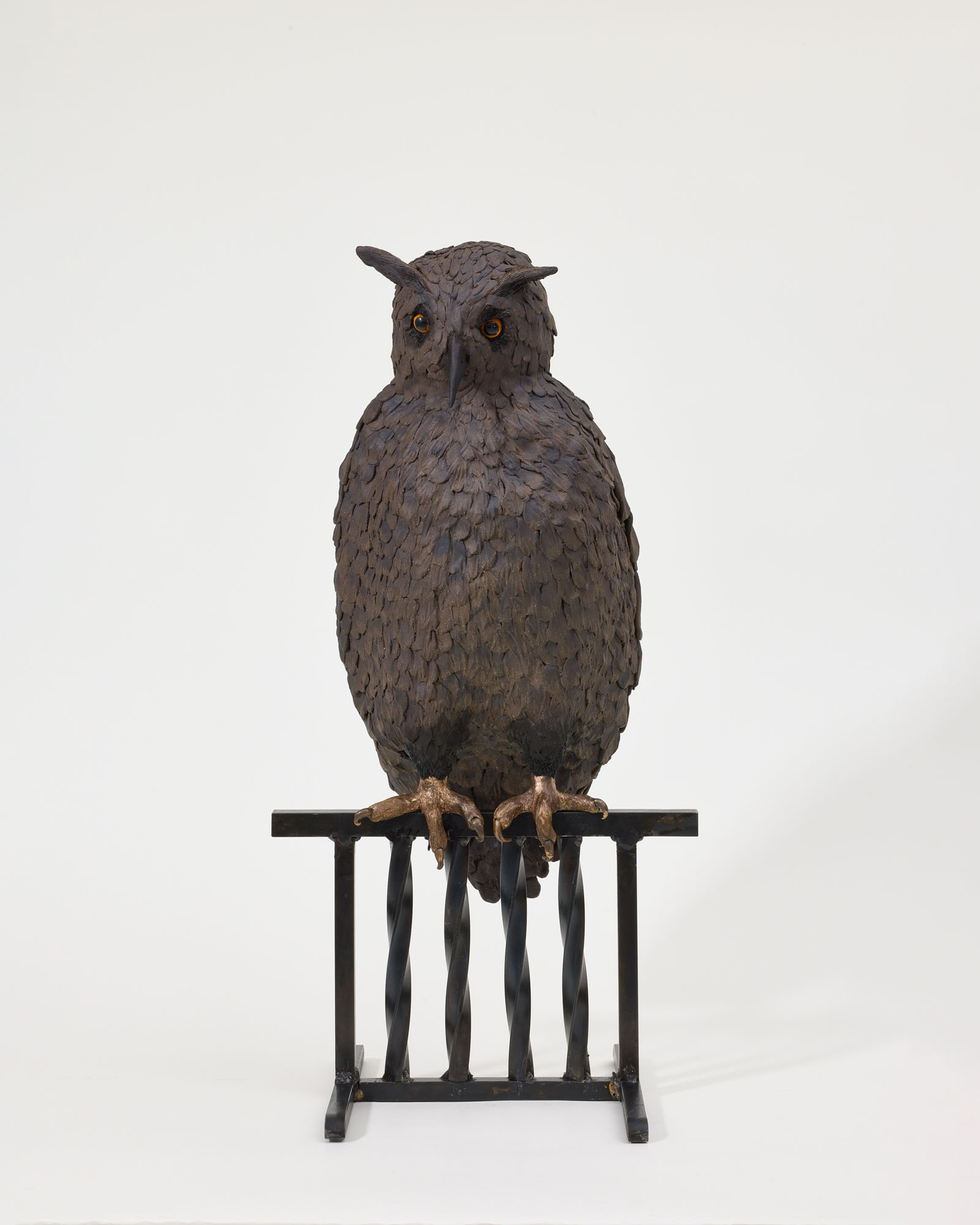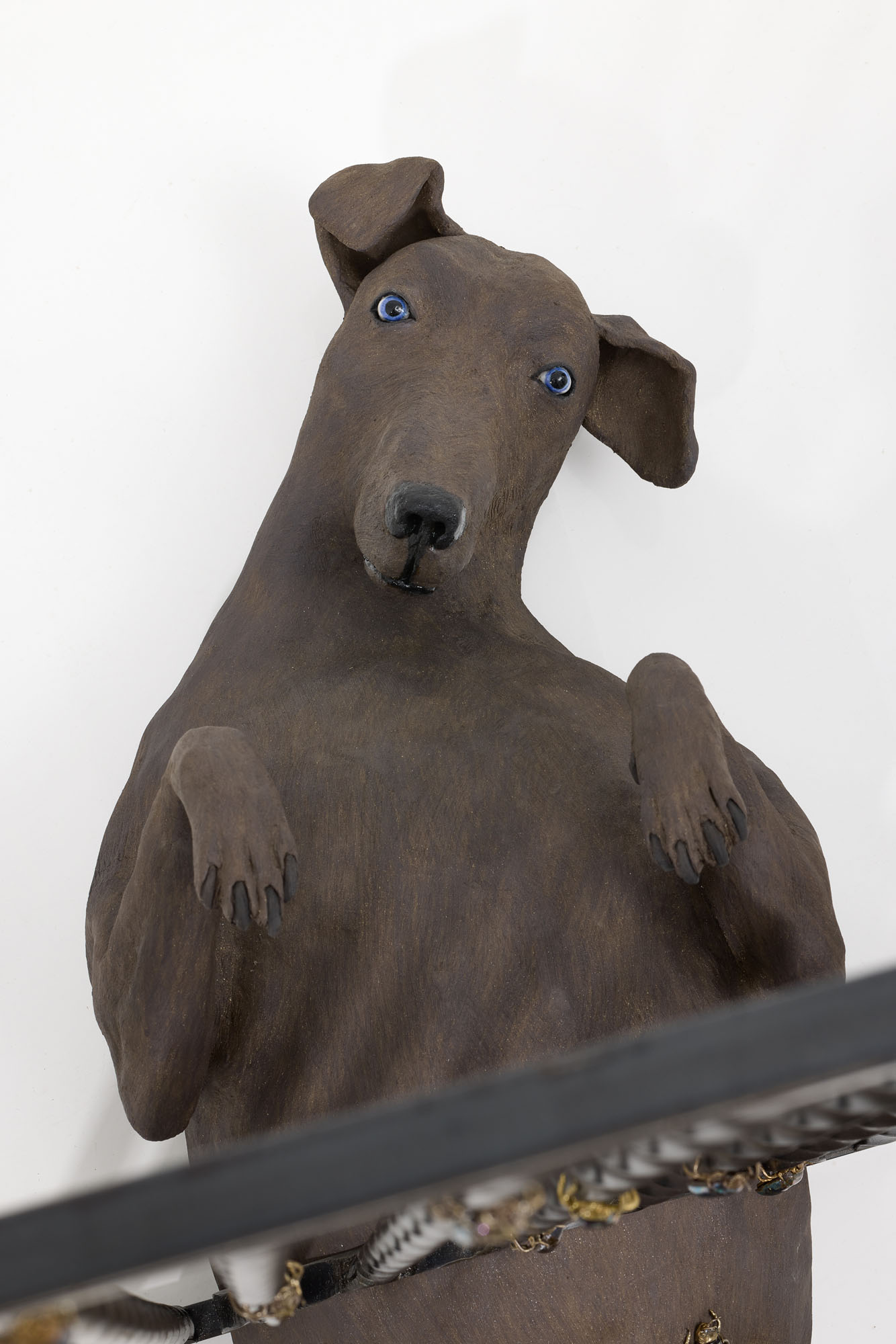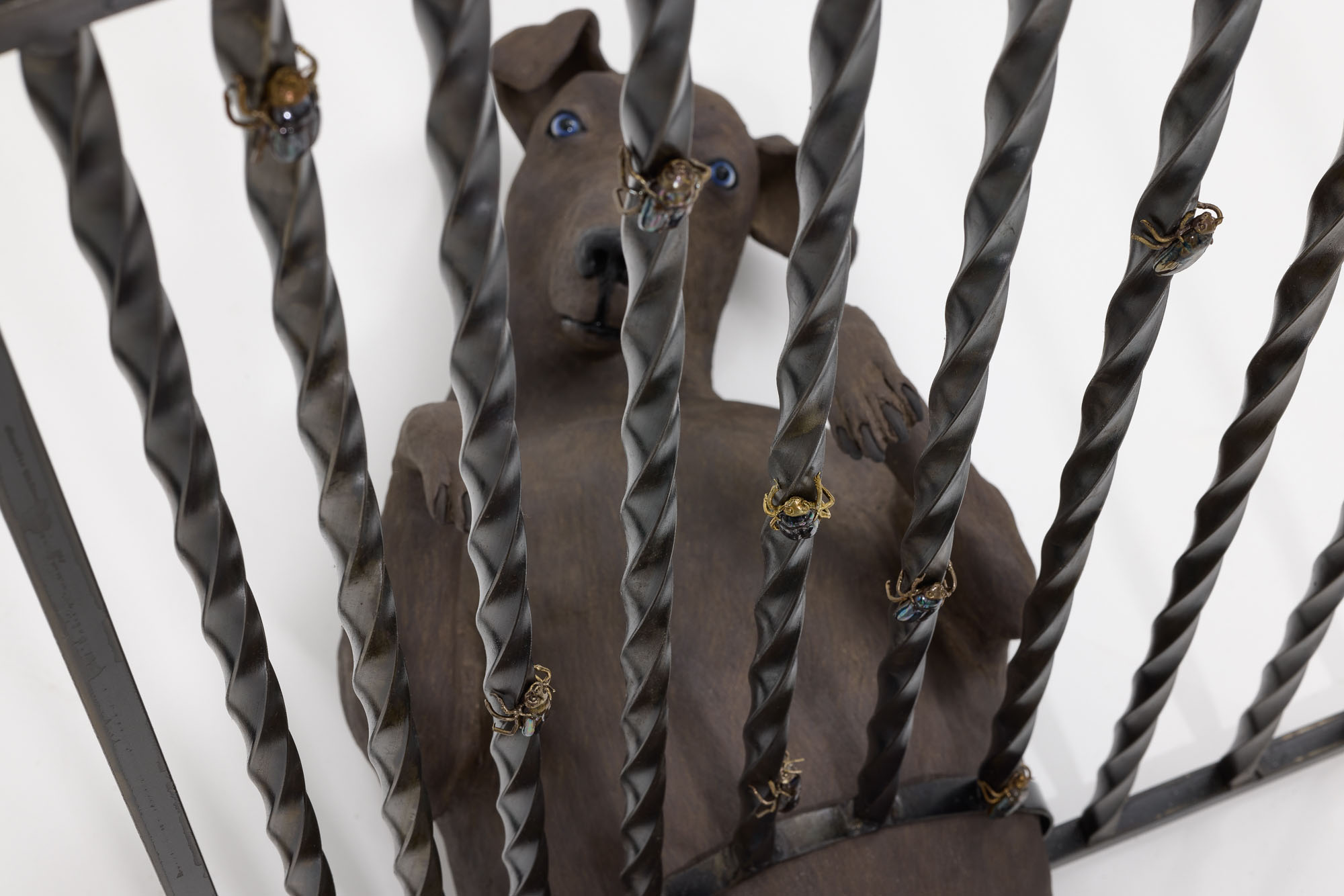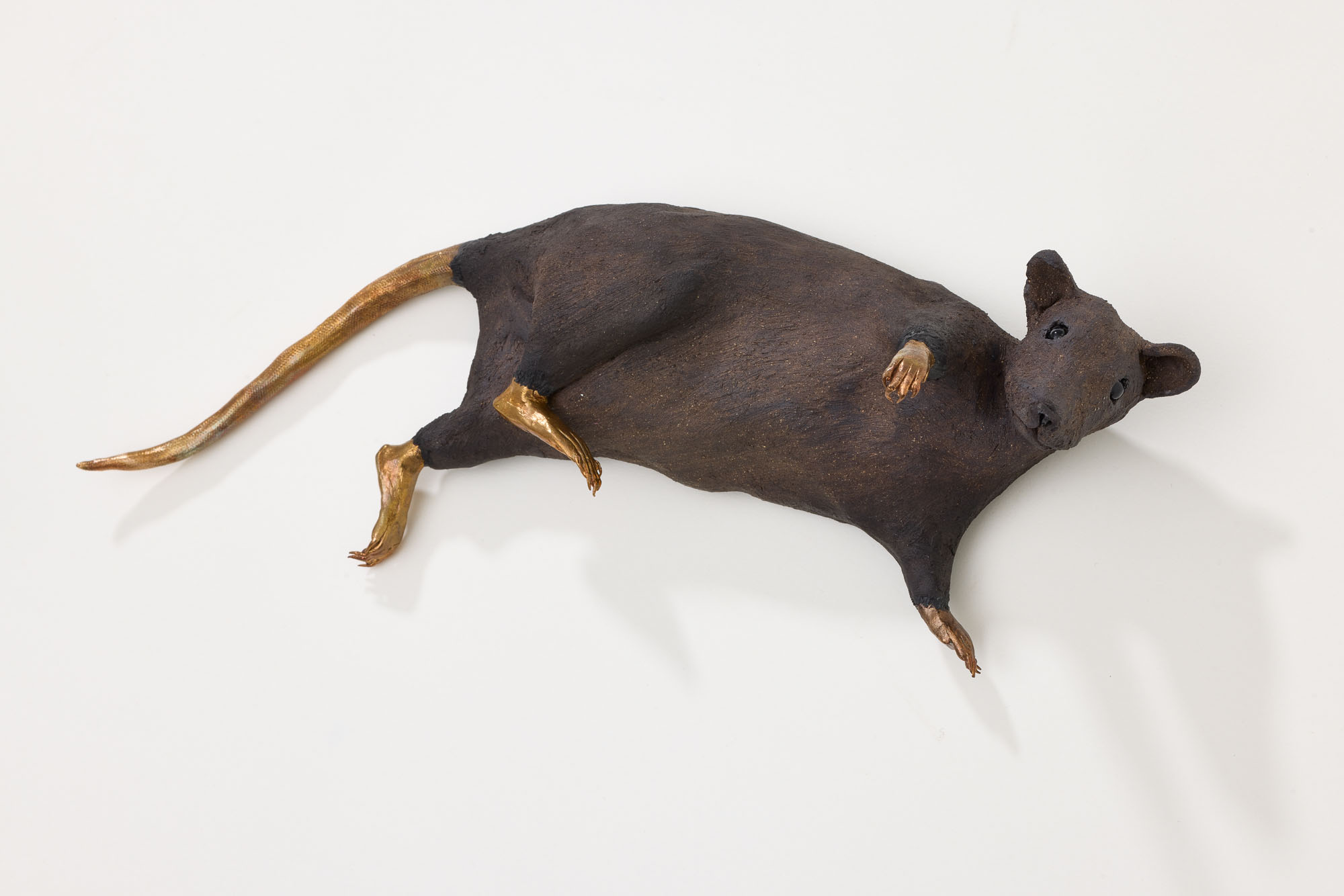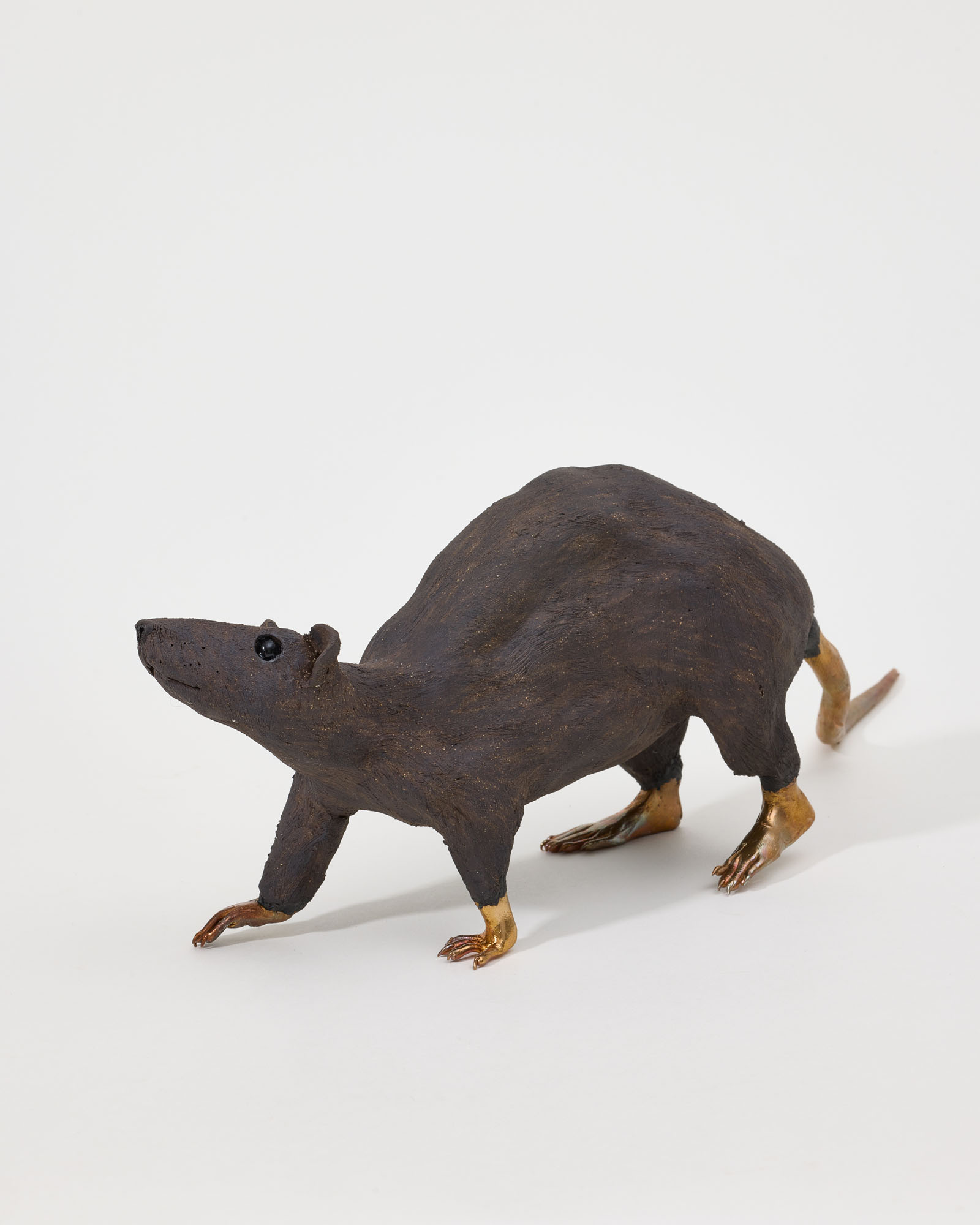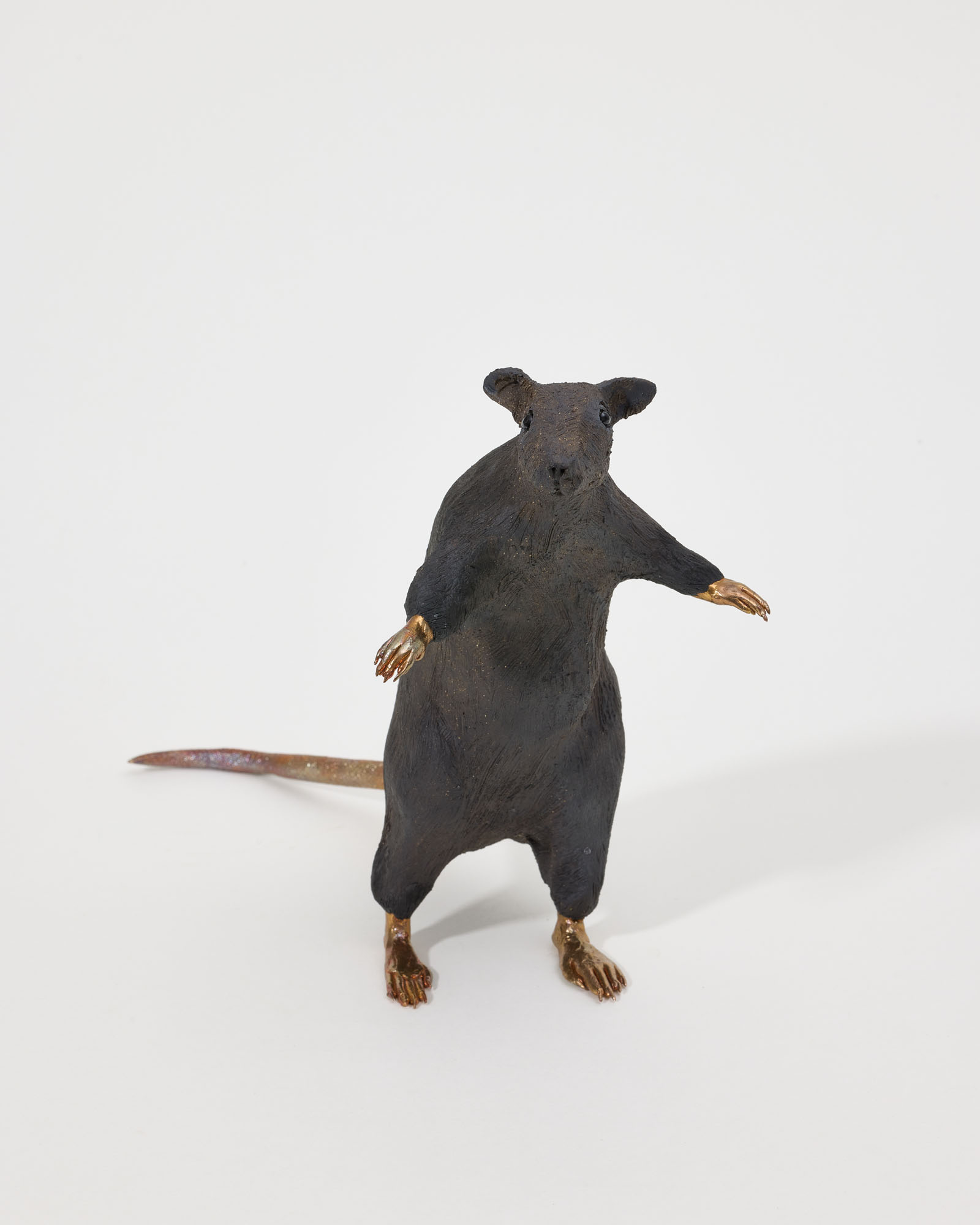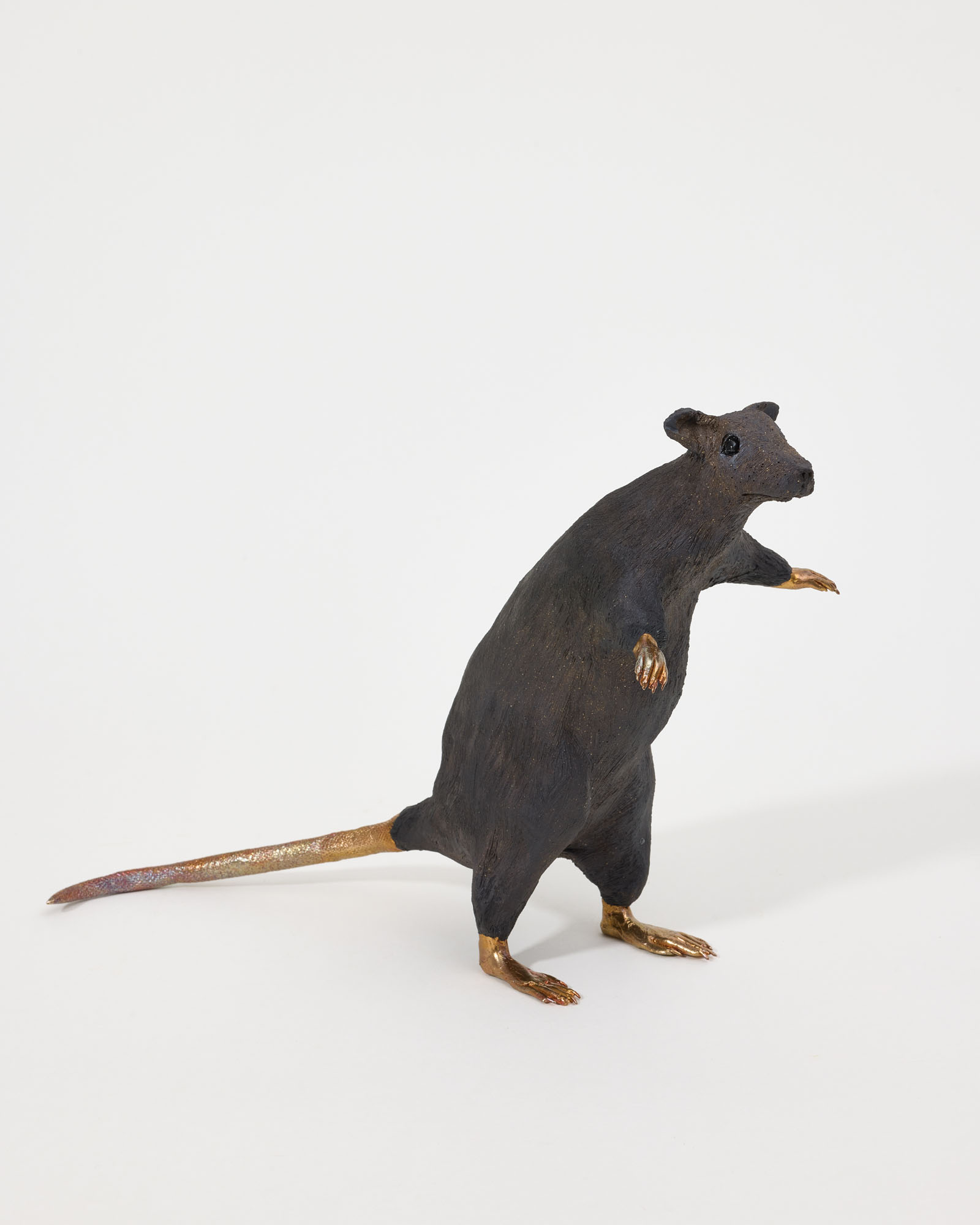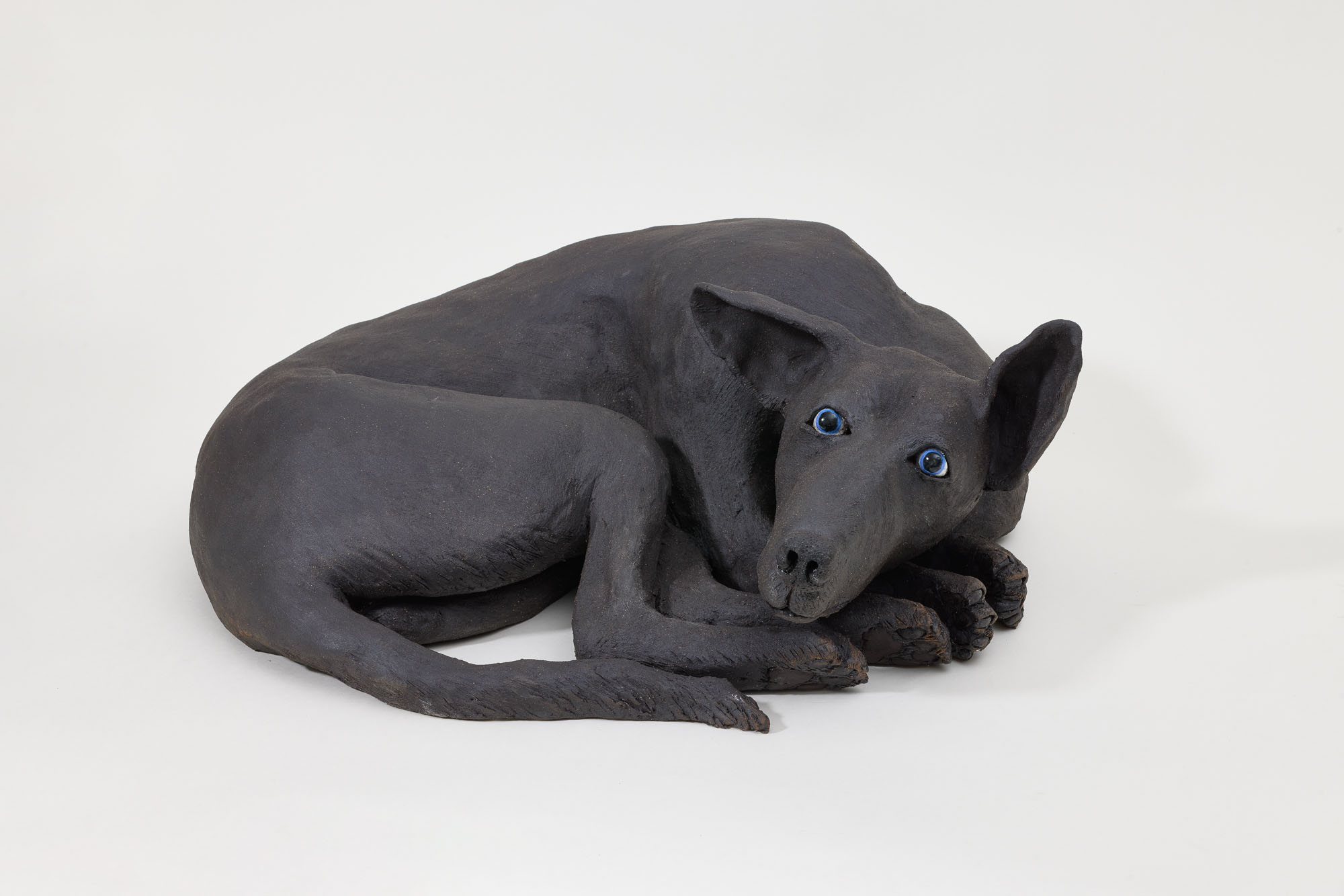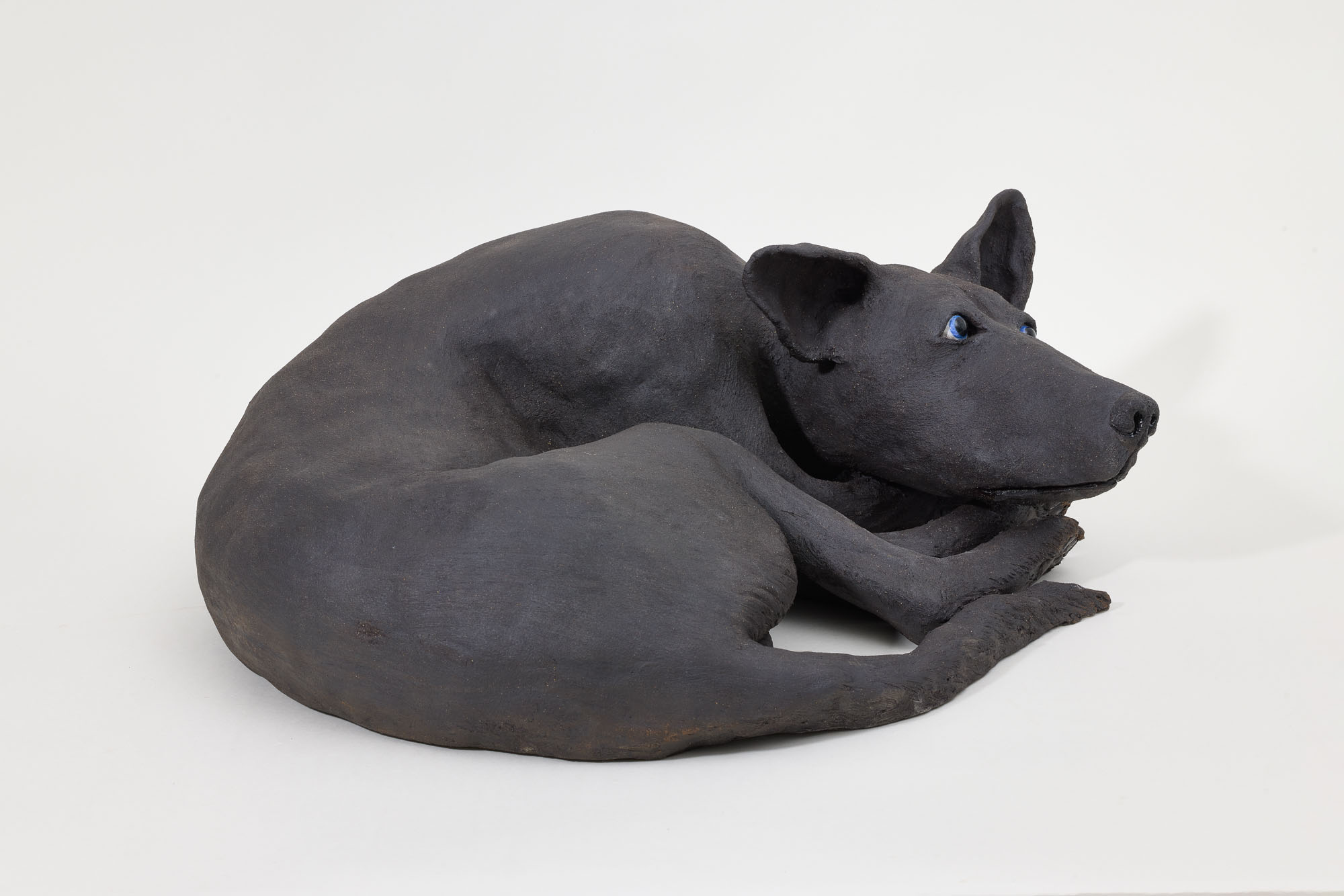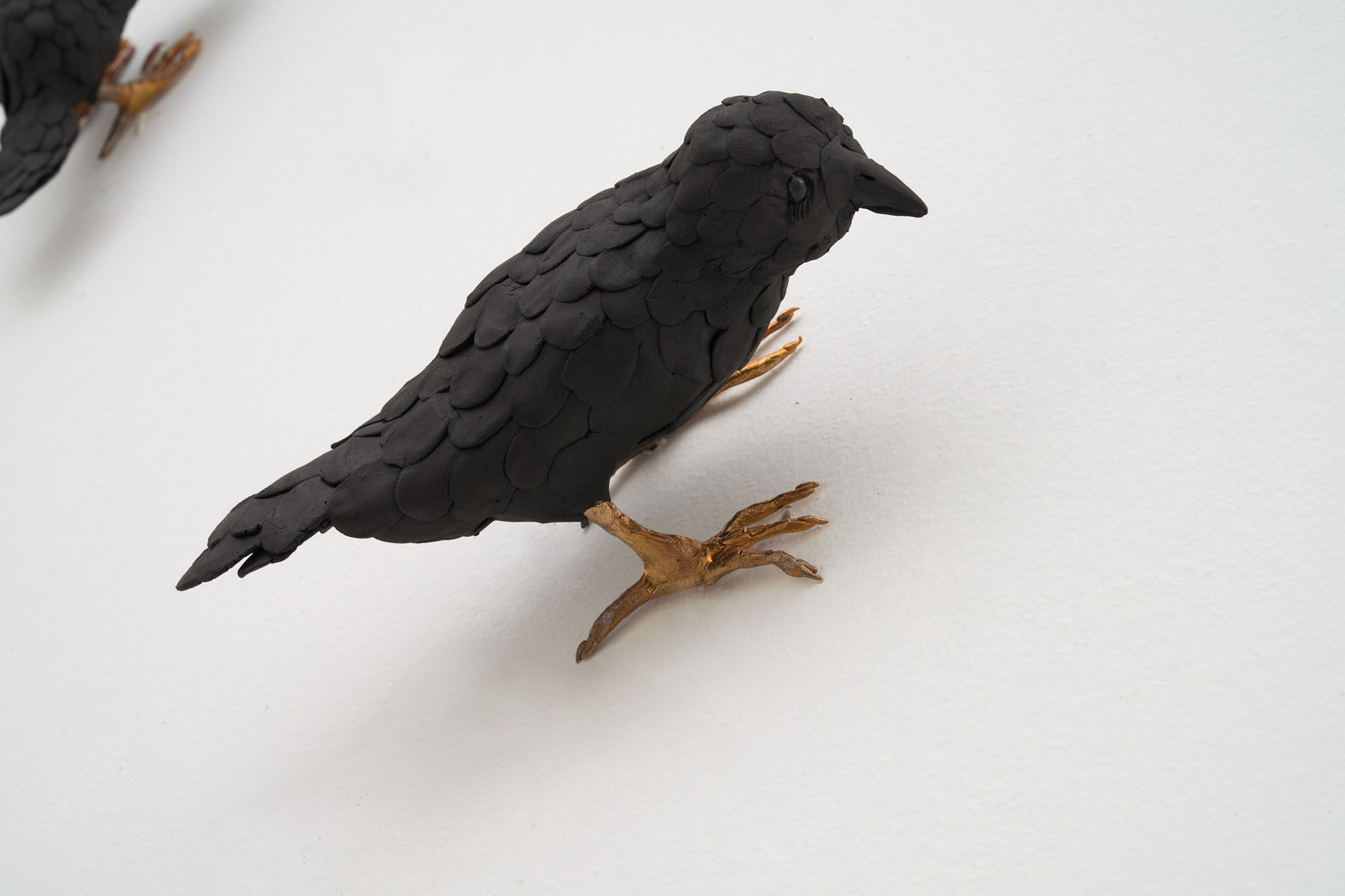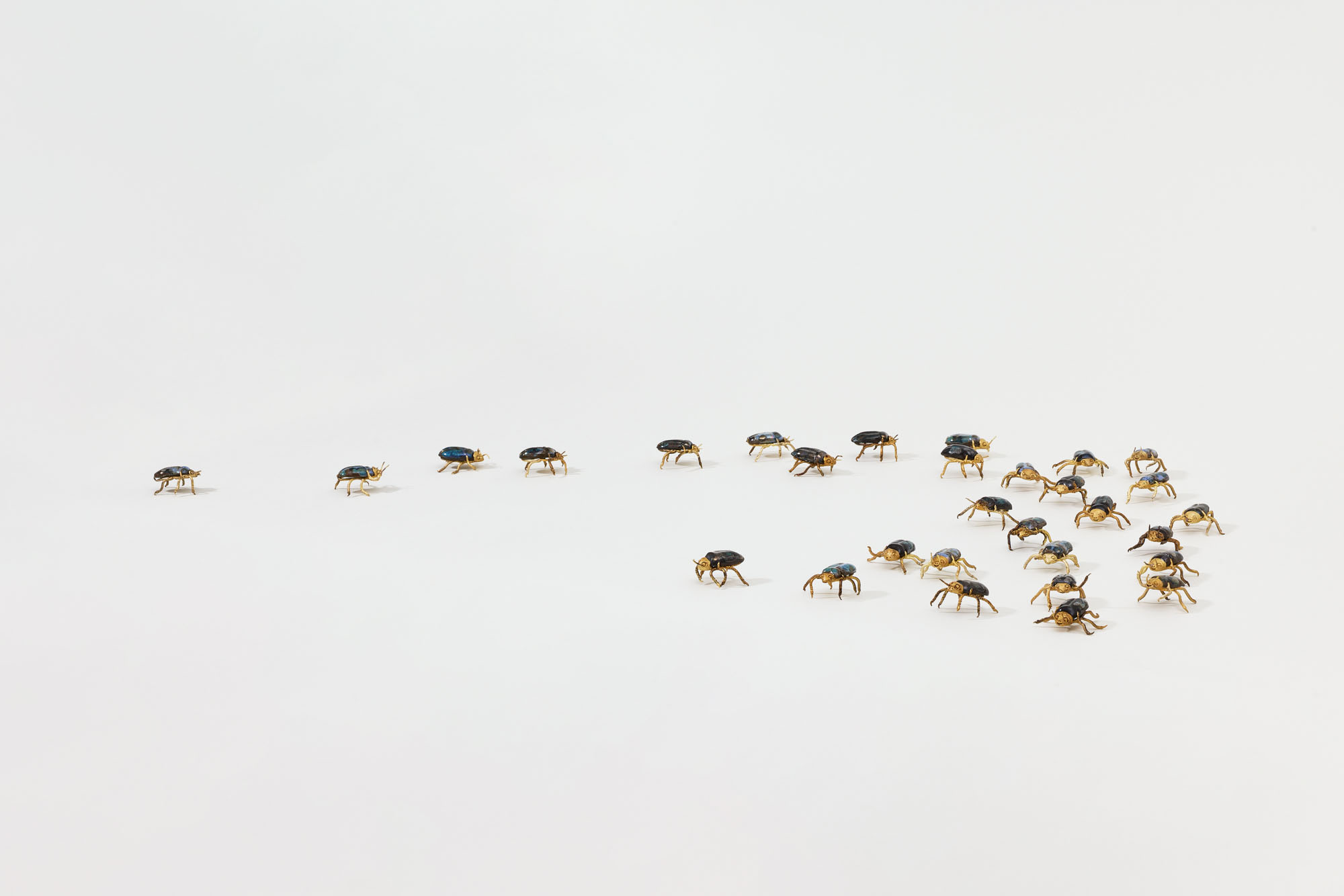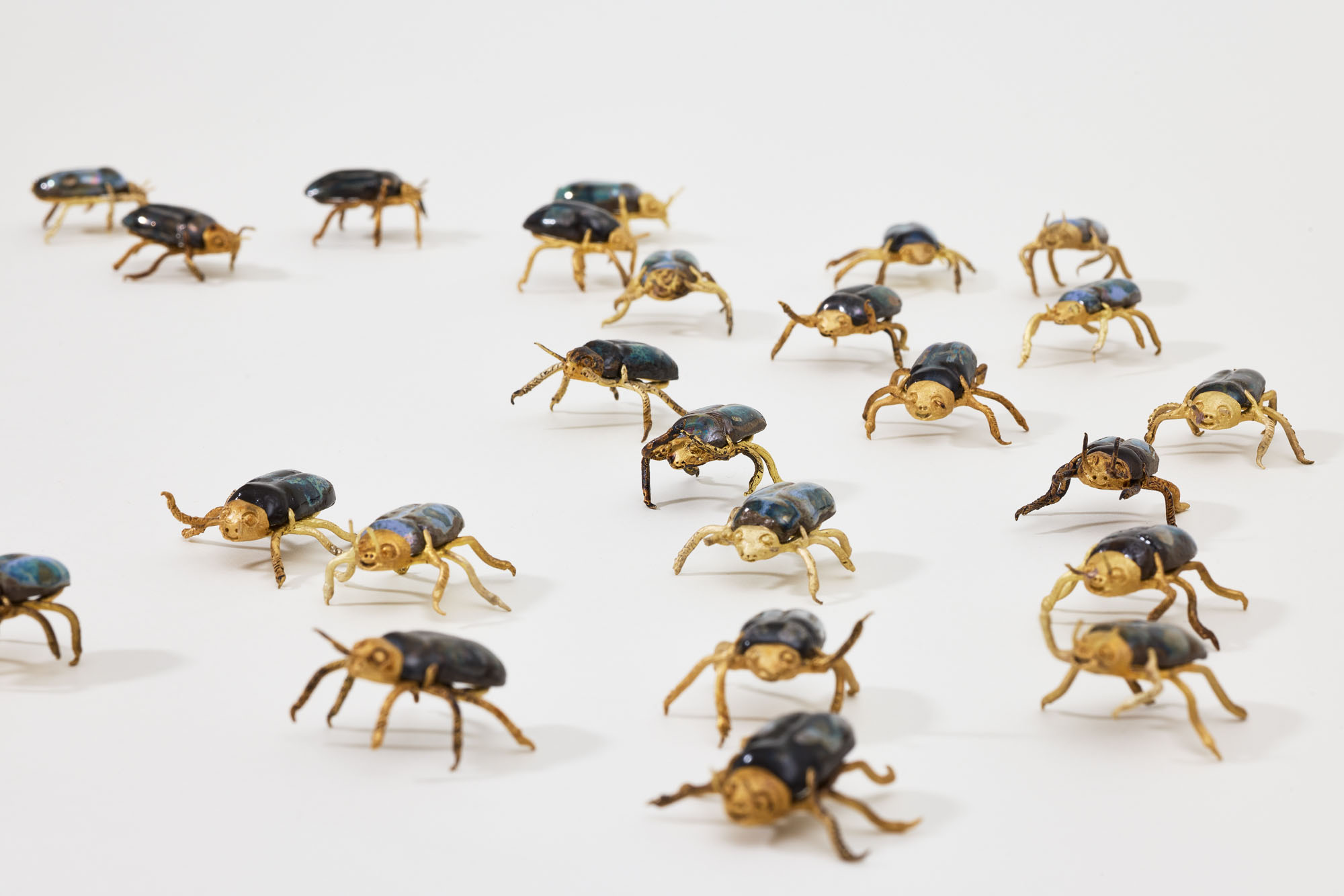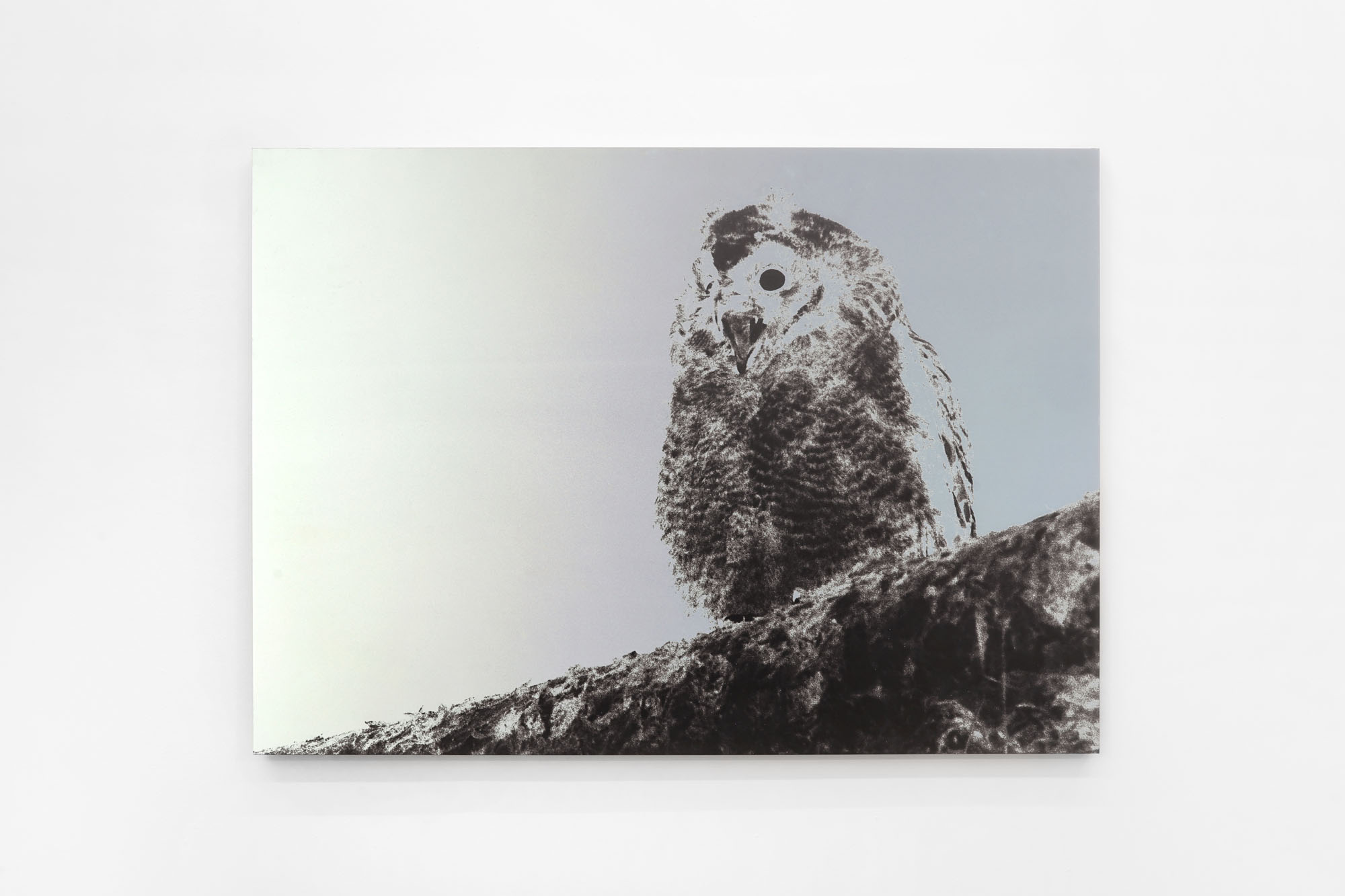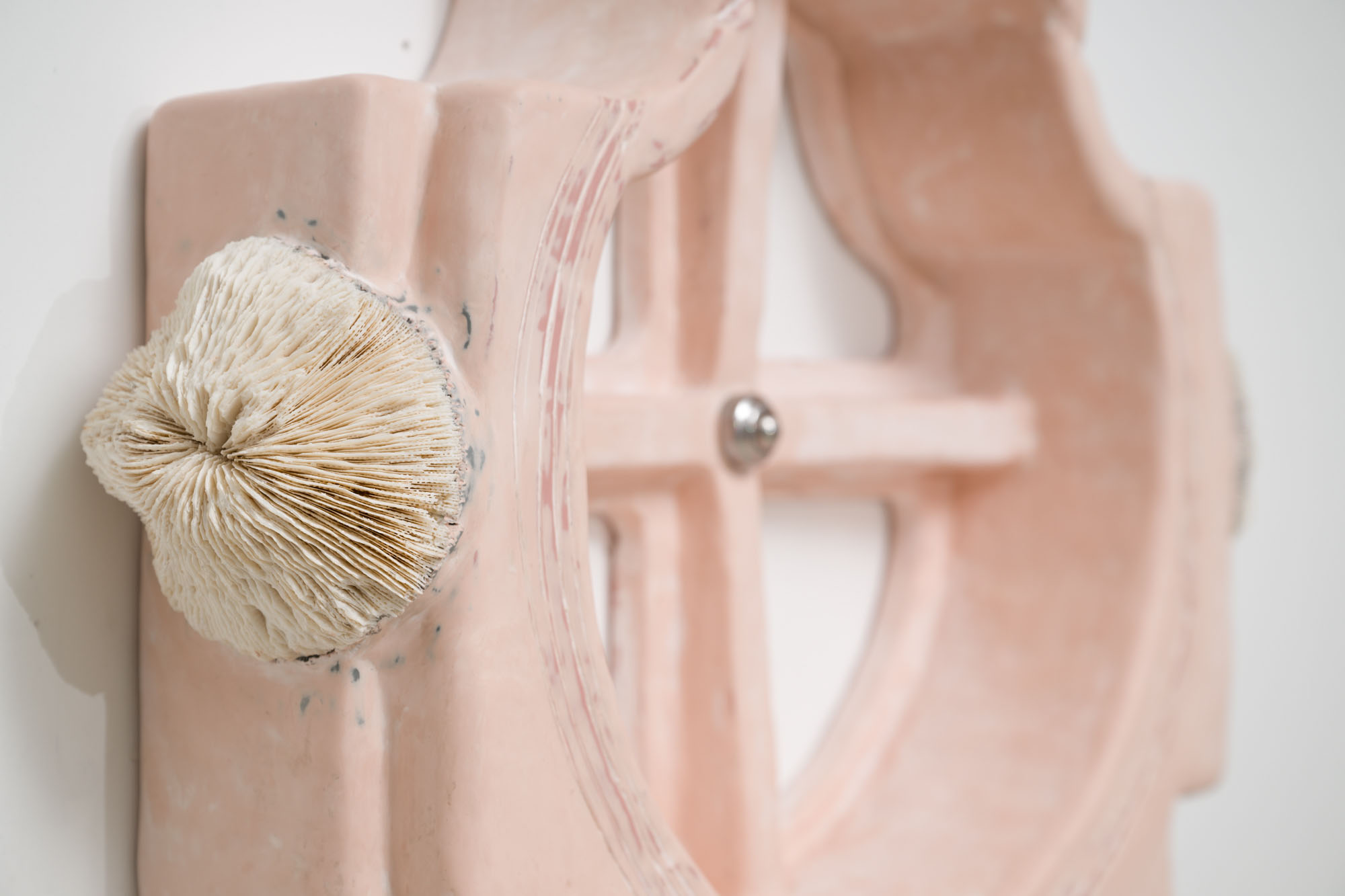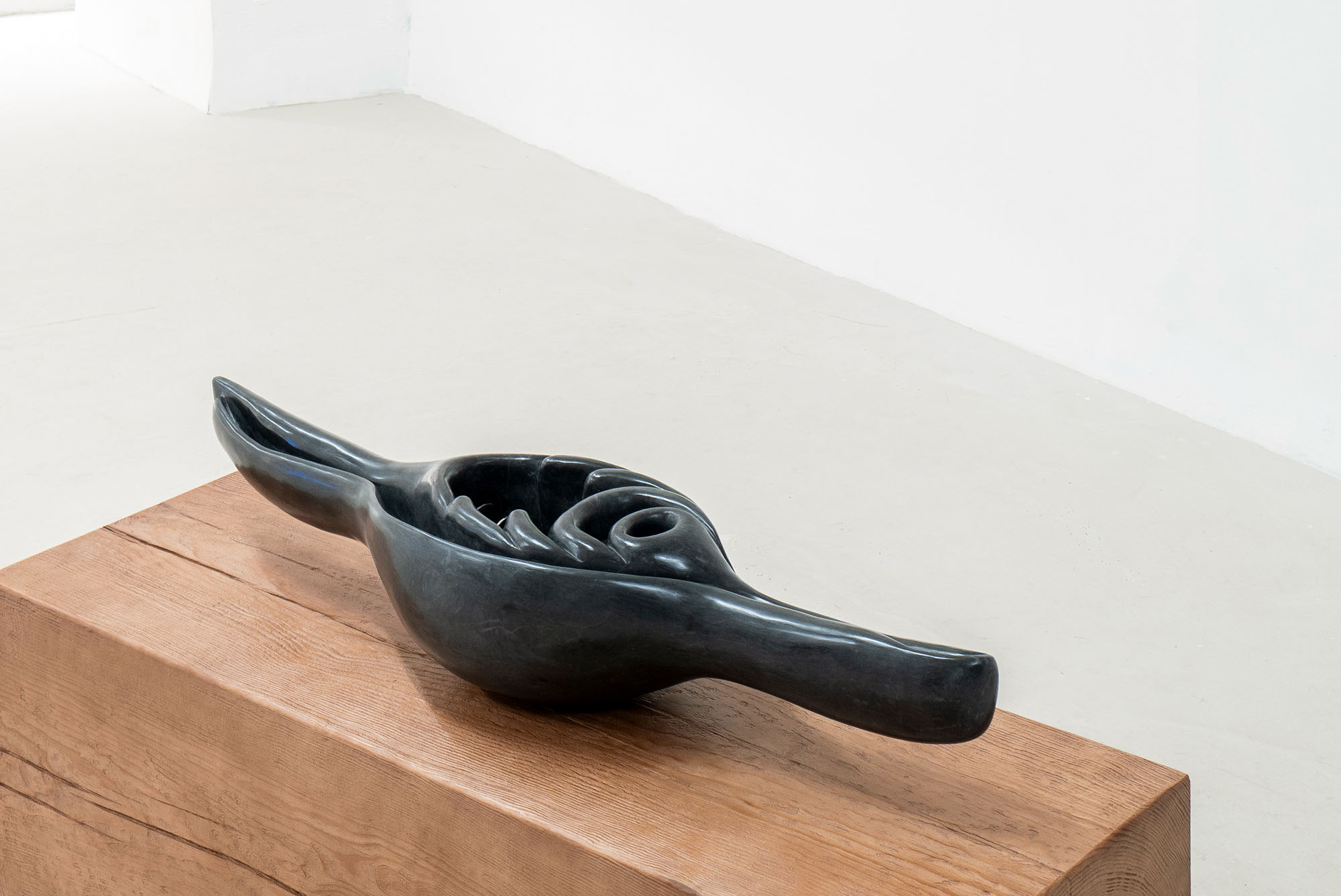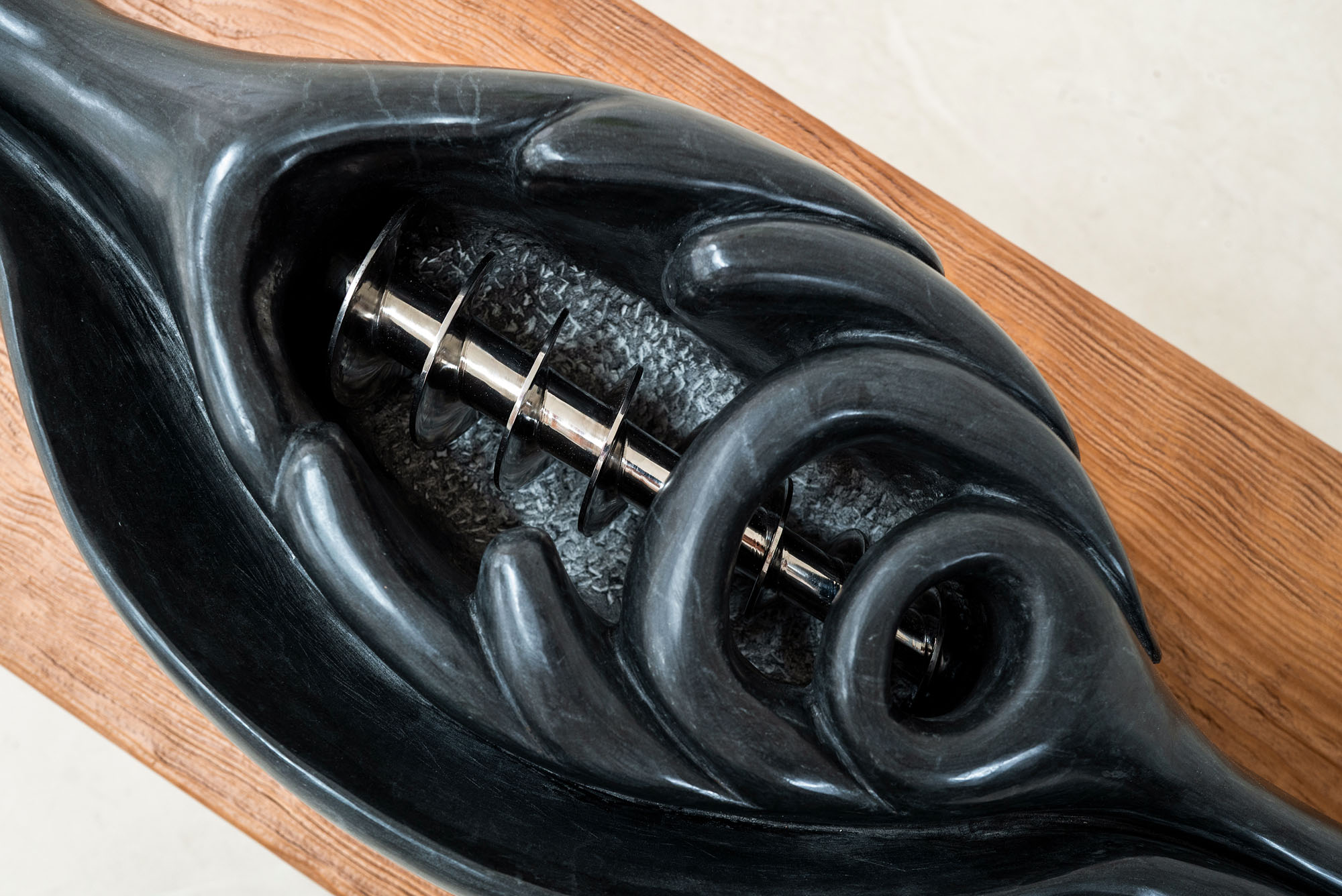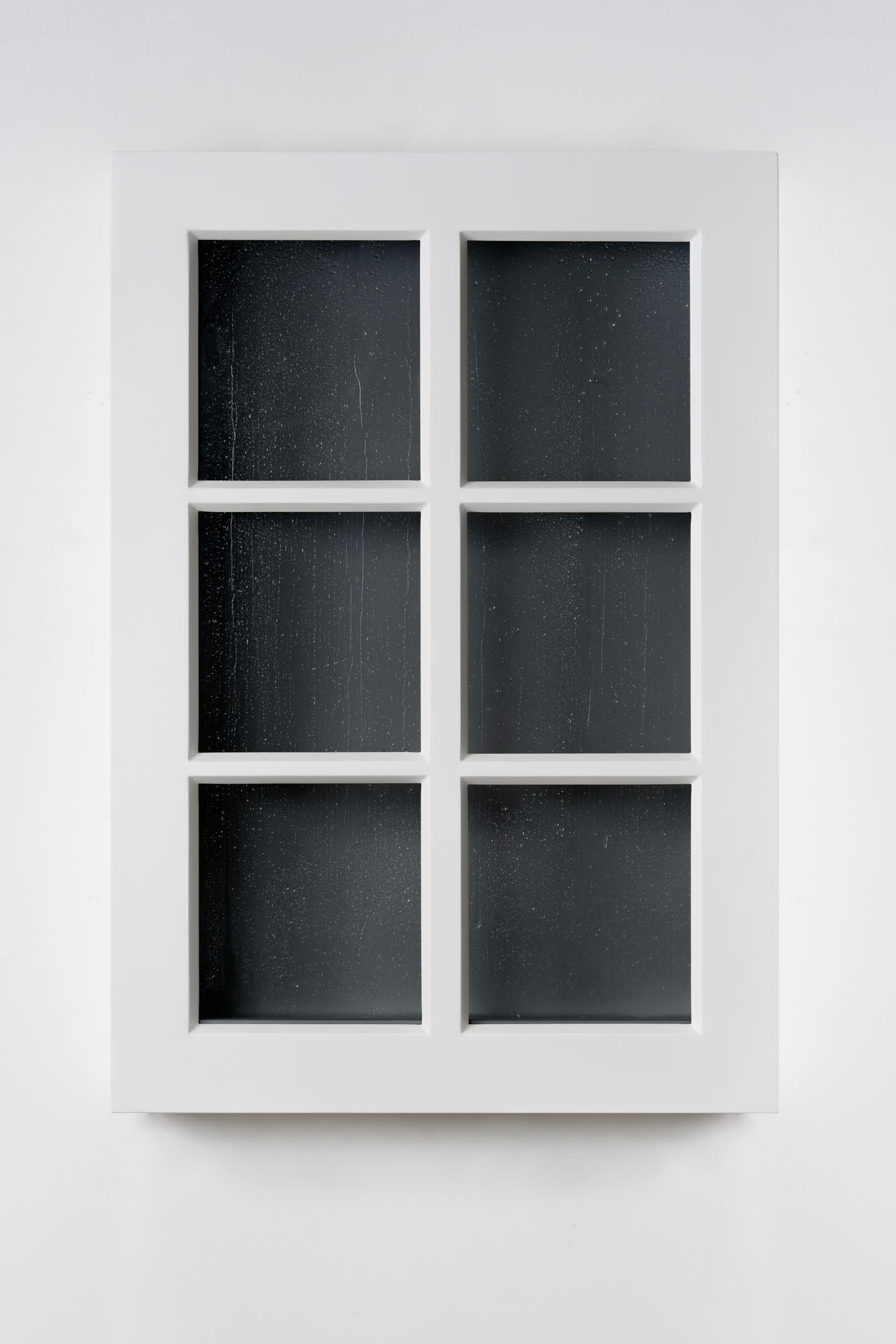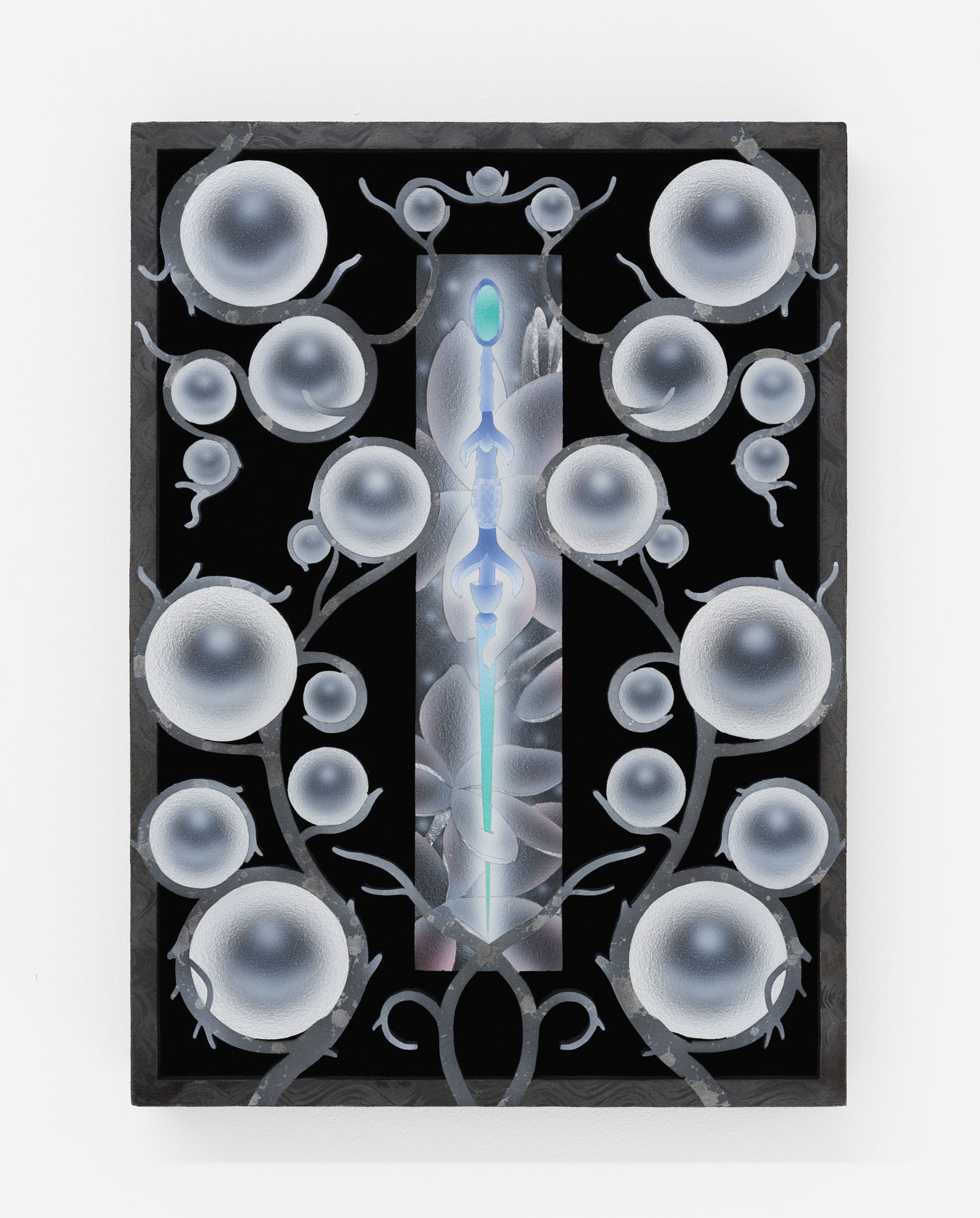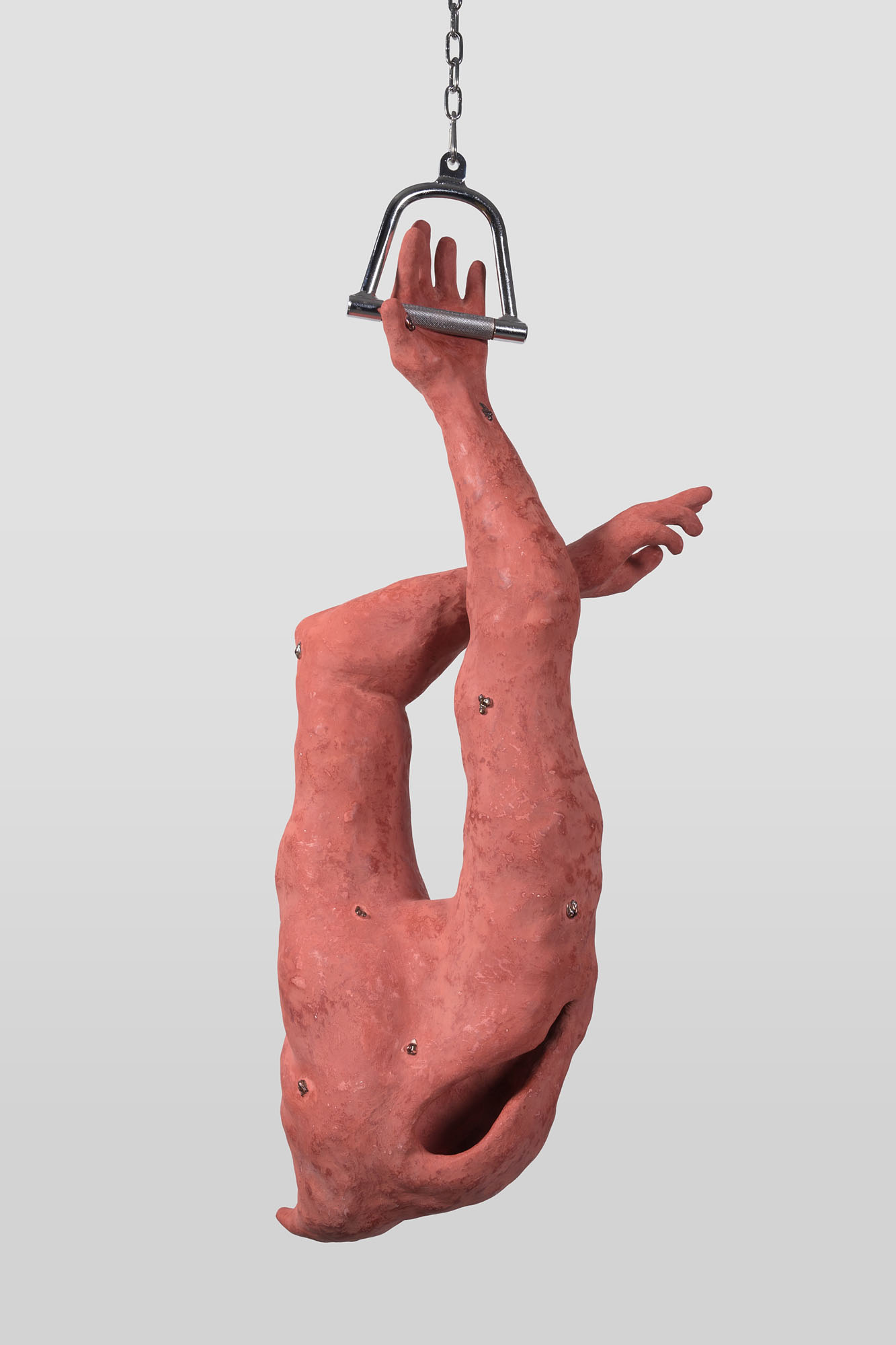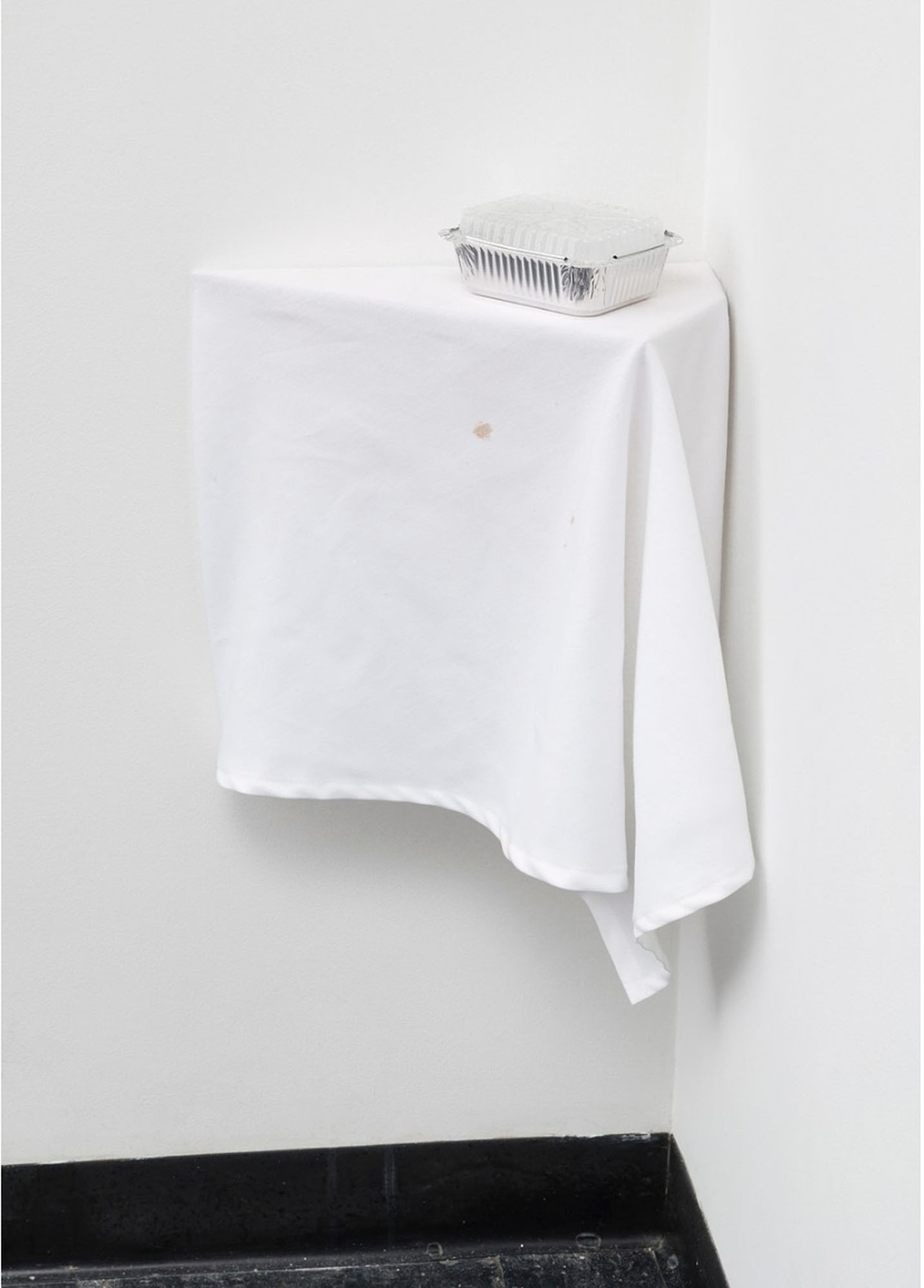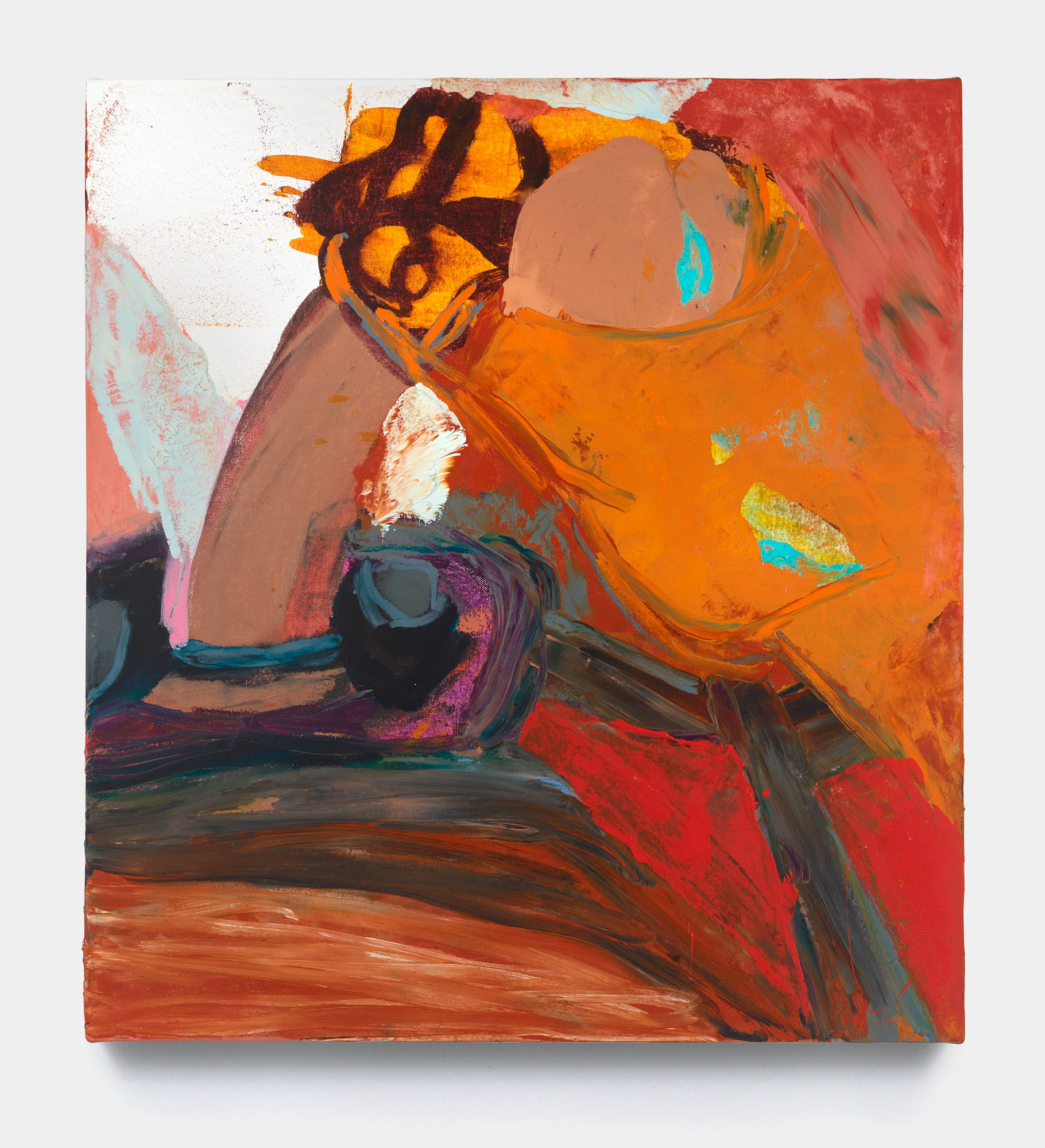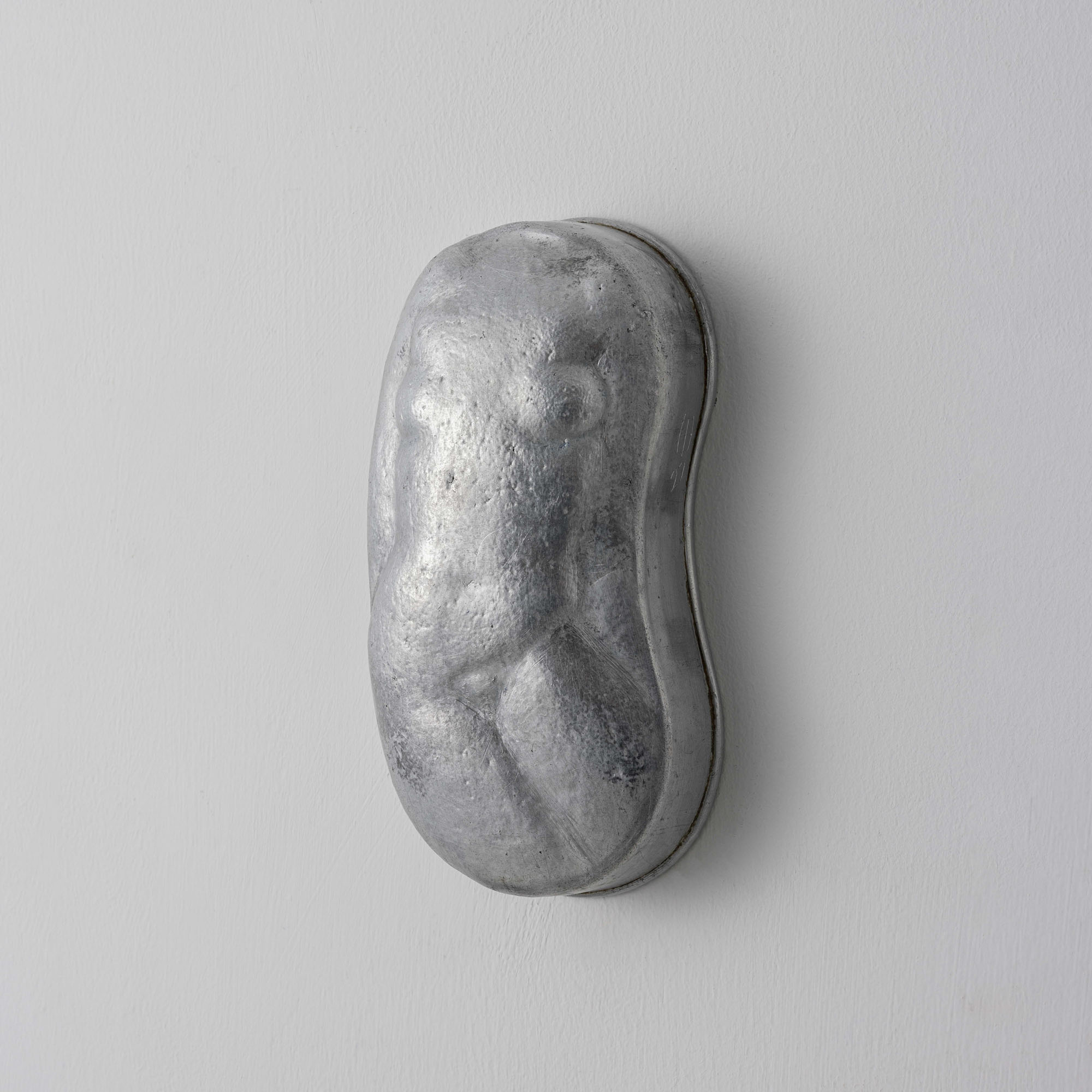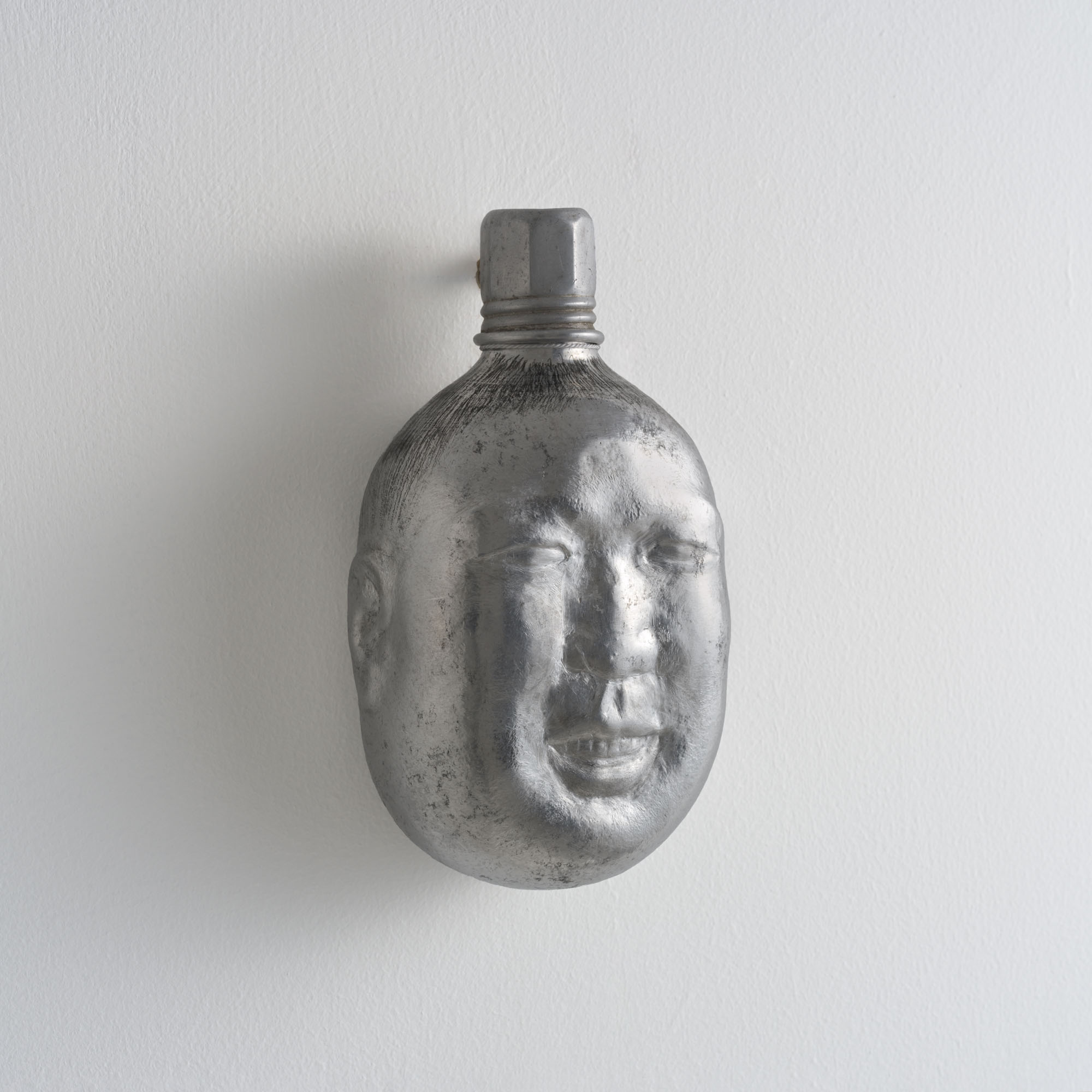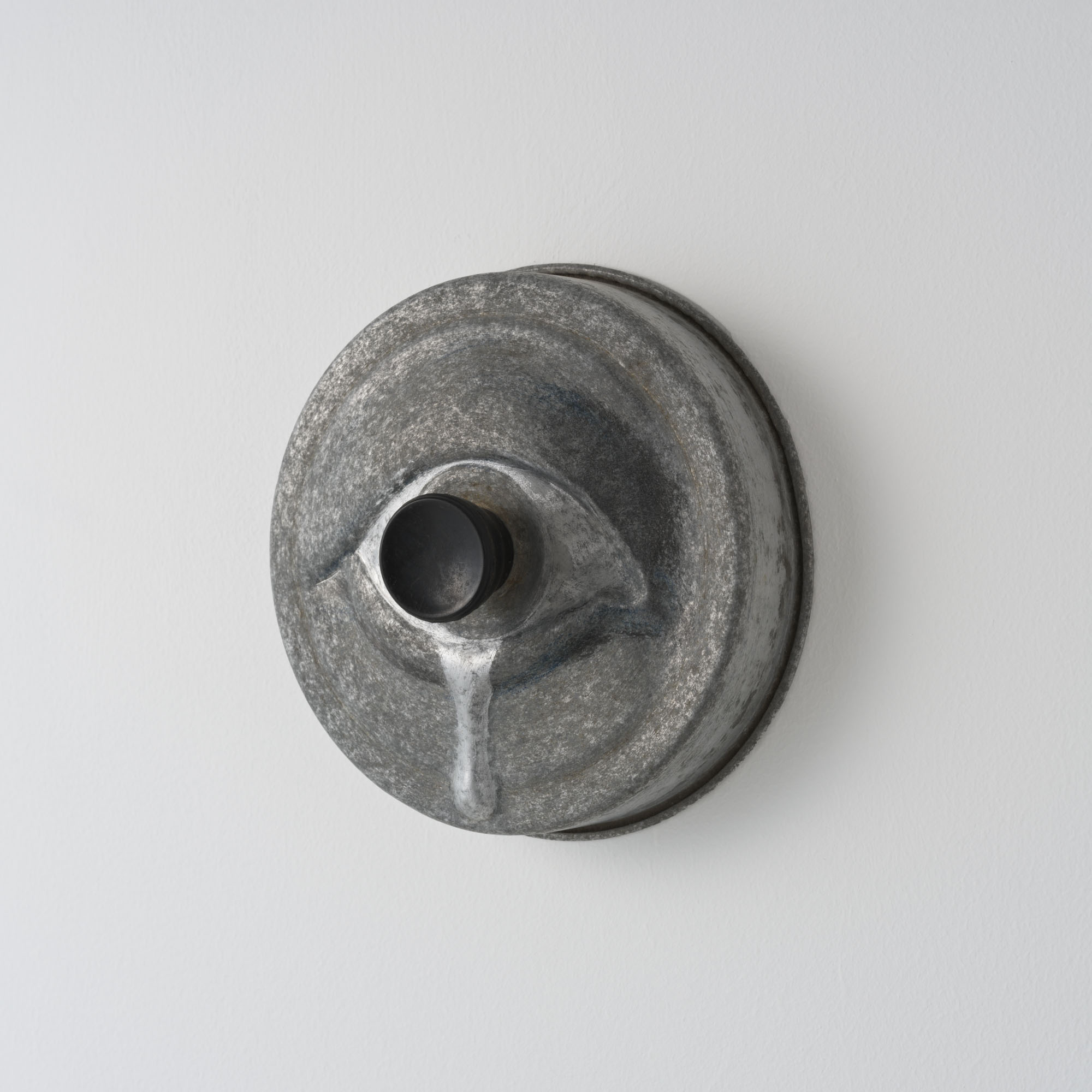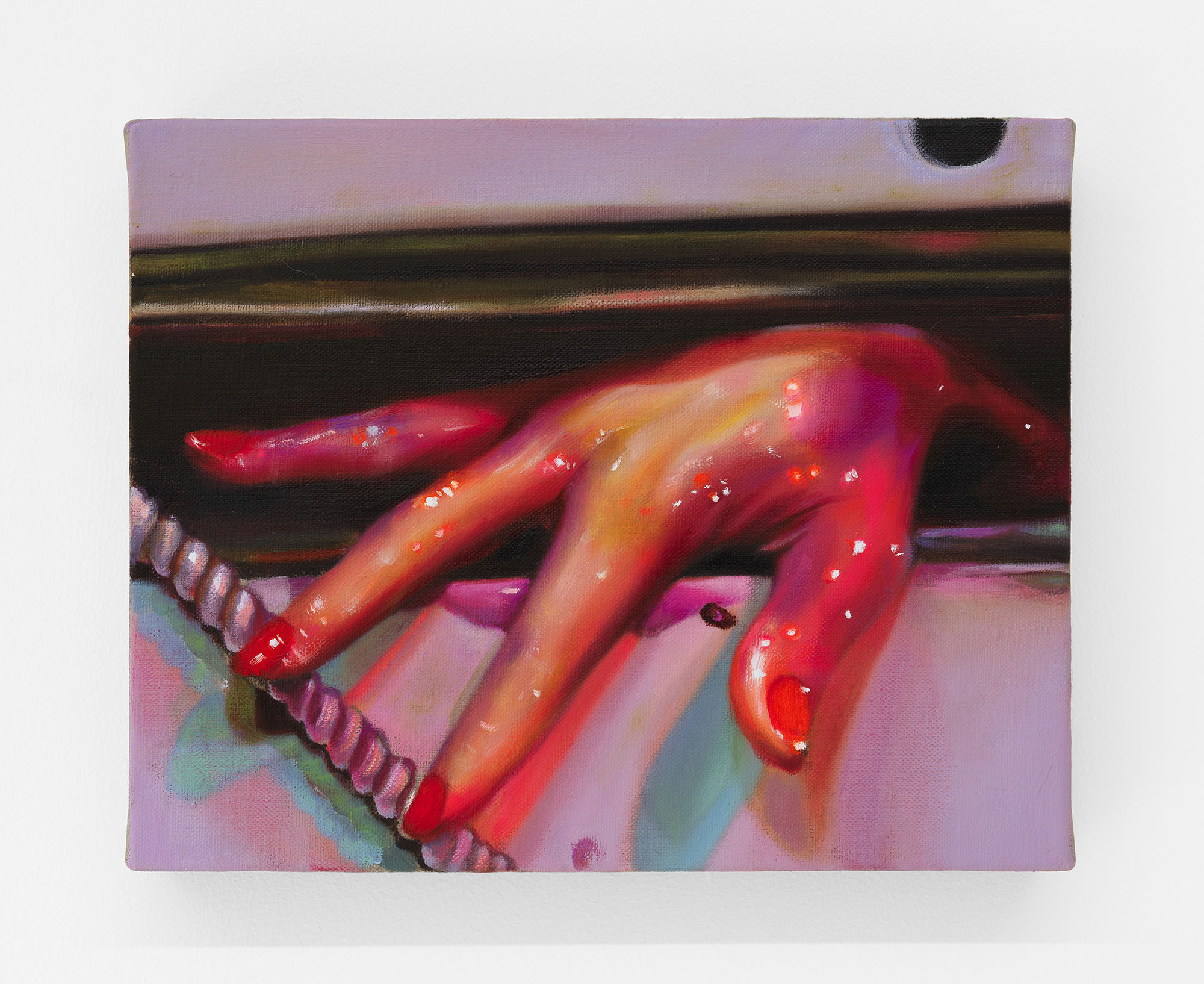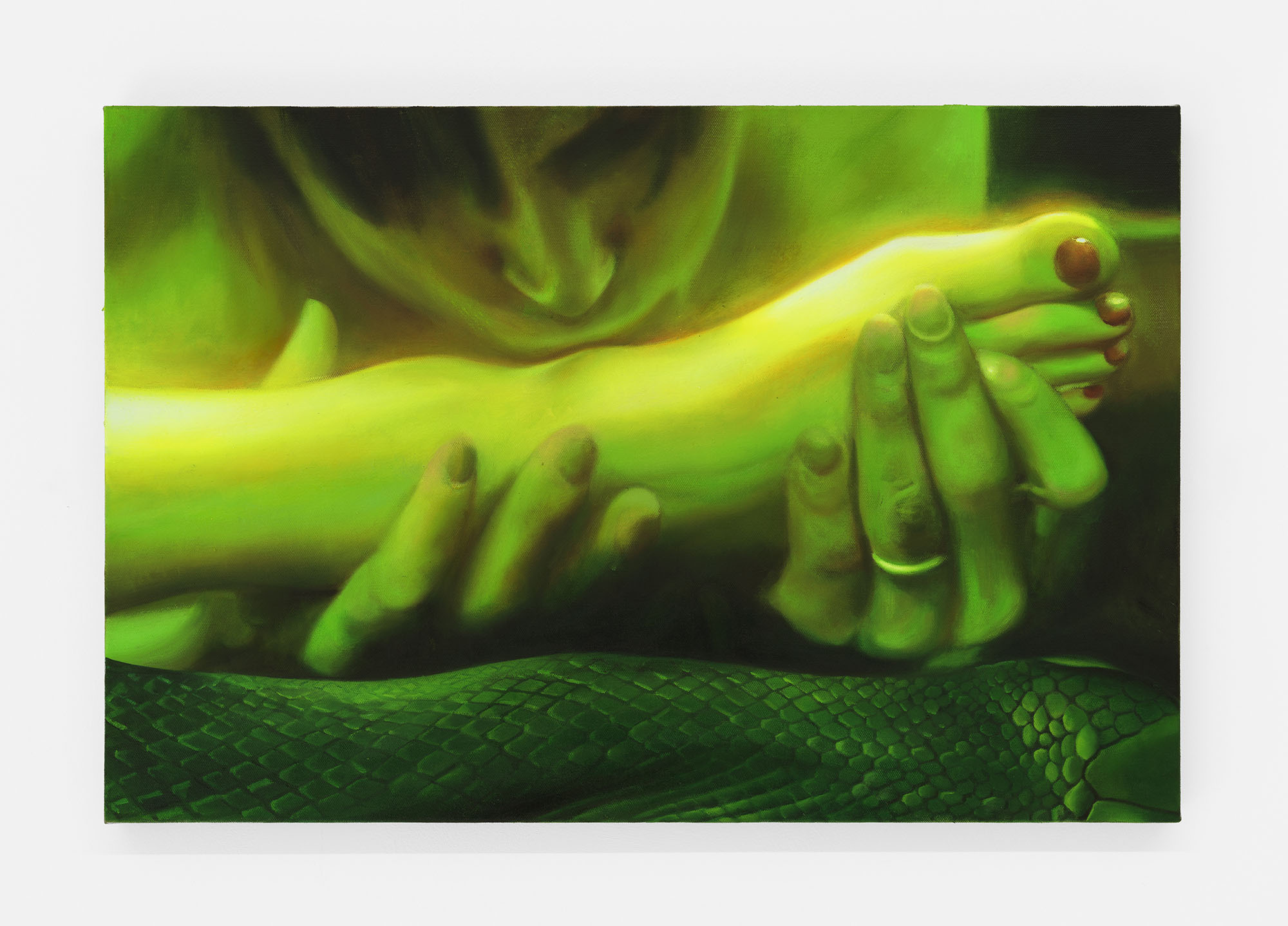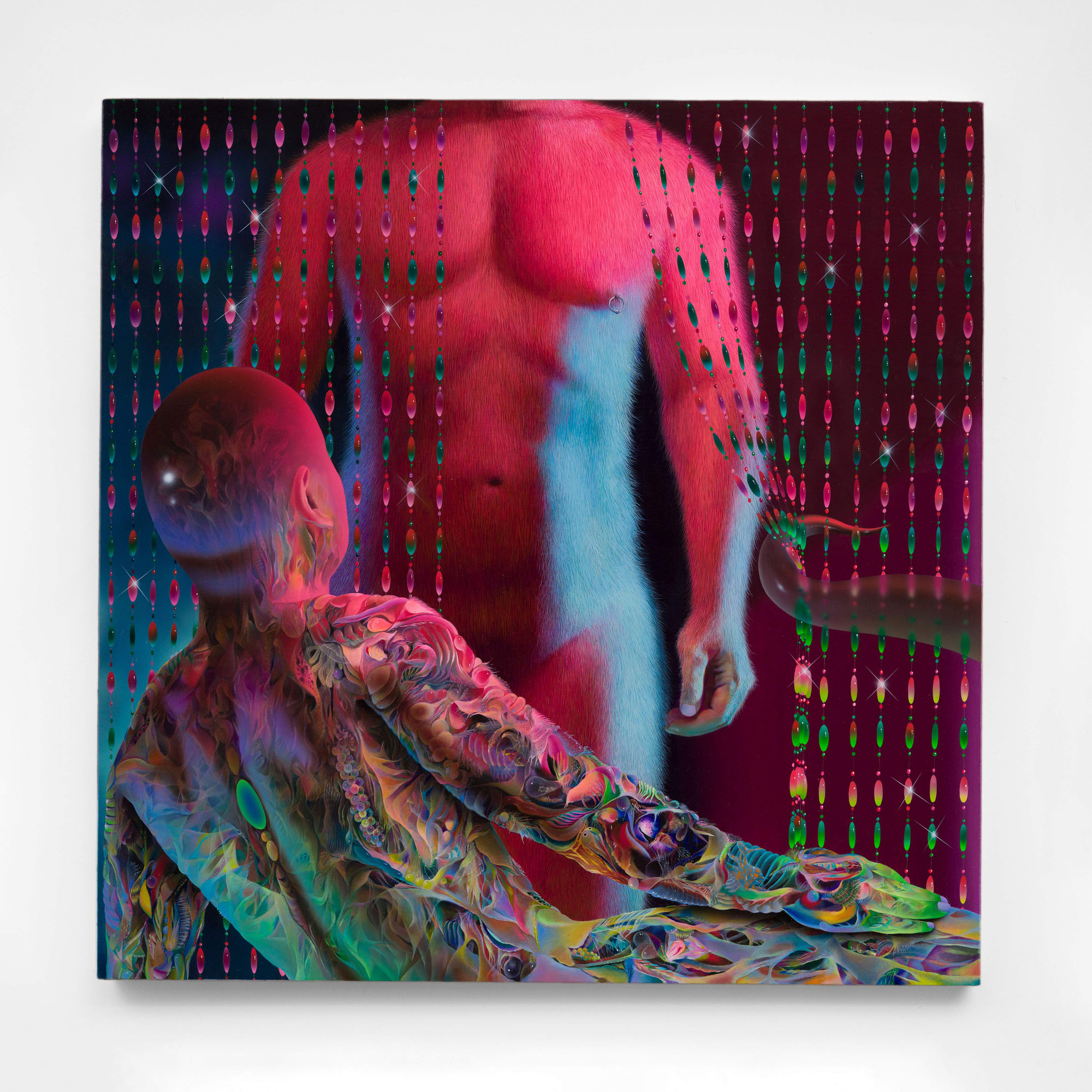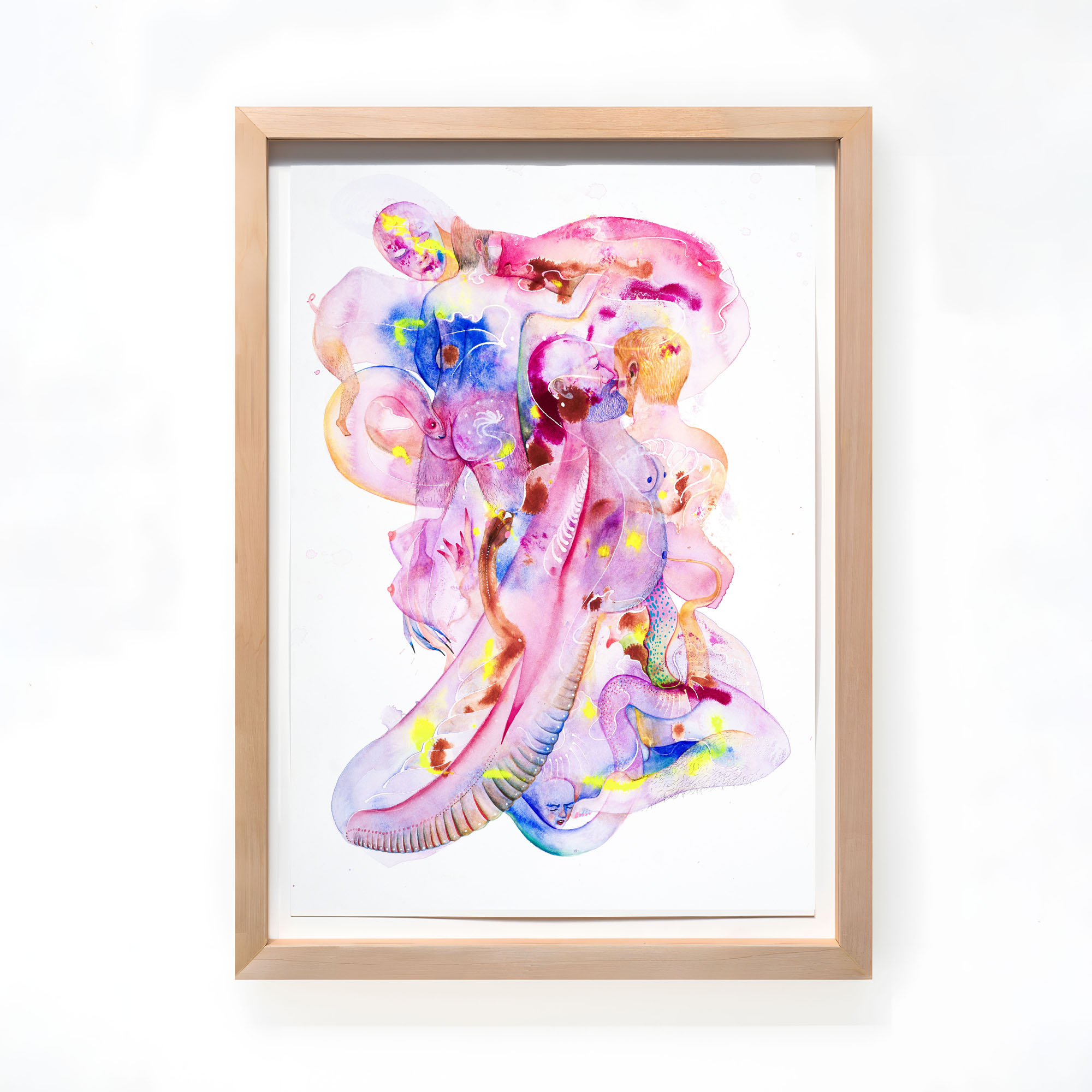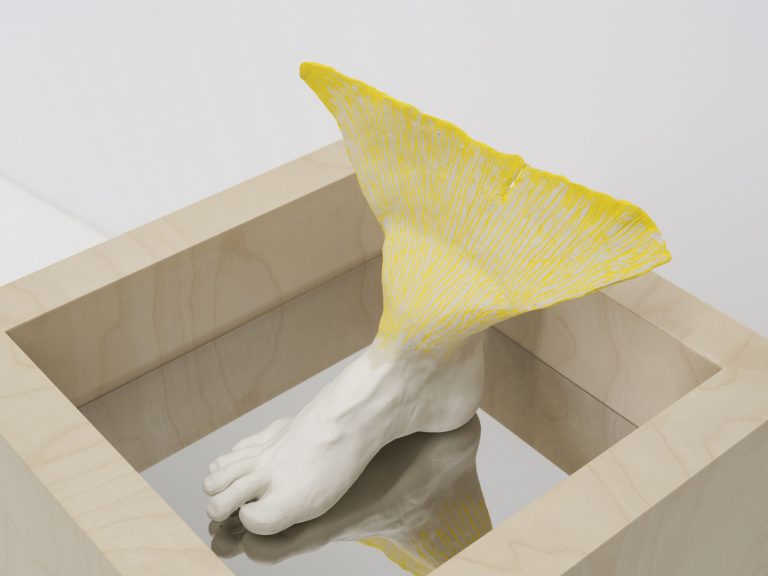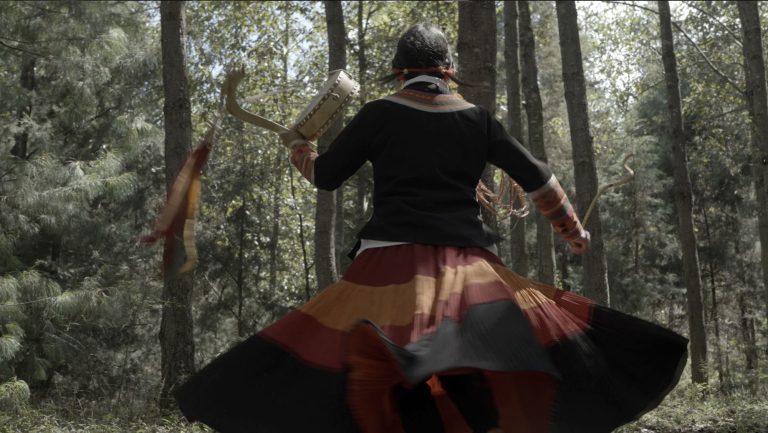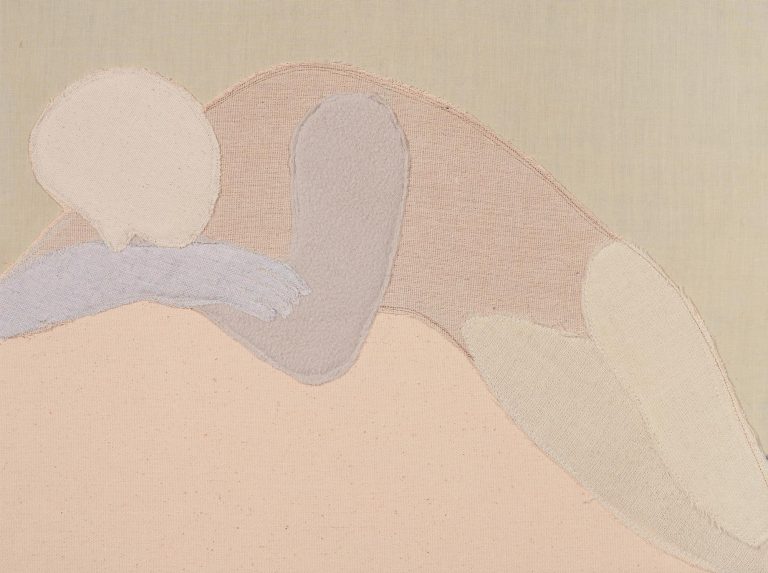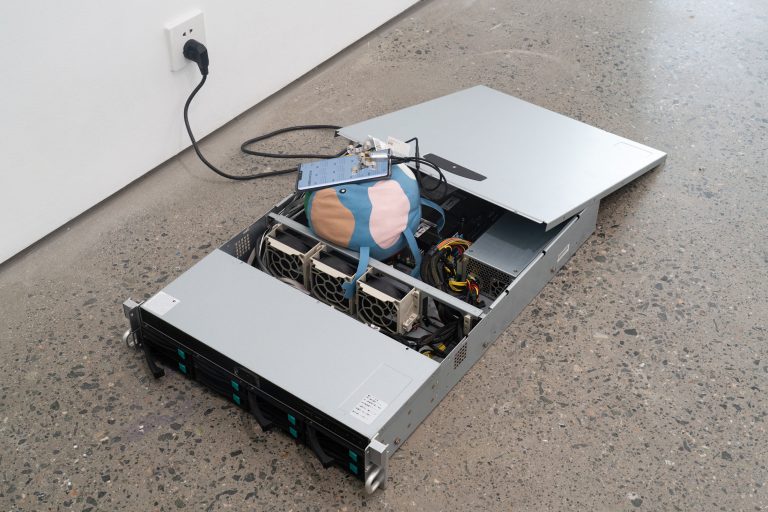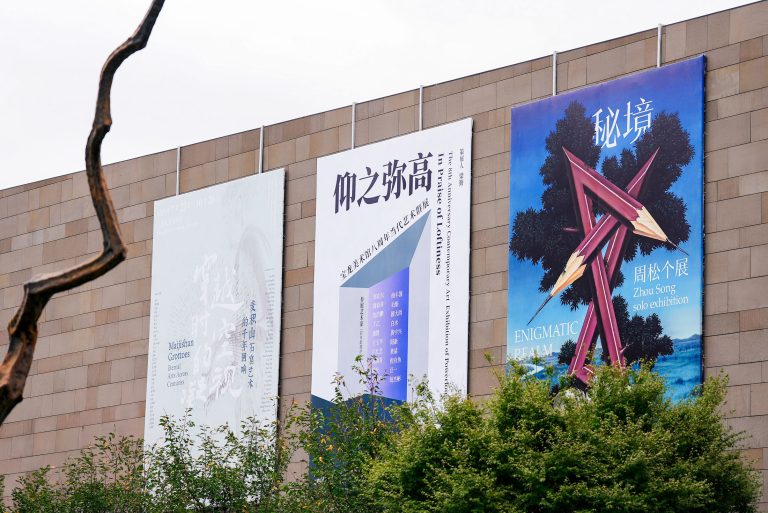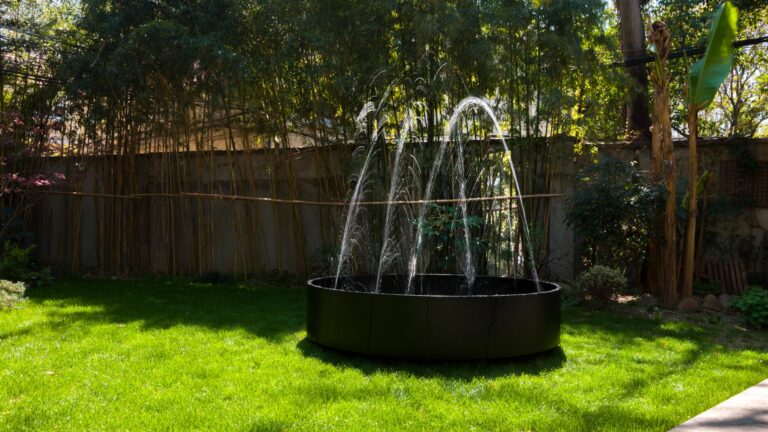Capsule is pleased to present “Capsule Filling”, a pop-up group exhibition showcasing works by 18 artists, ranging from sculptures and installations to paintings and photographs. It will be on view from March 24 to April 13, 2025, at 2/F, Hilltop Plaza, 49 Hollywood Road, Central, Hong Kong.
“Capsule Filling” is a rhapsody on the concept of the capsule. Inspired by the Metabolism movement in architecture, it meanders through notions of pharmaceuticals and innovative dwellings as biohackers, and capsule hotels and space pods as totems of nomadic expeditions. Adapting to the particularities of the site, the exhibition highlights the sculptural and self-organizing qualities of living organisms, and reflects on the ethics of dwelling and the experience of being.
A curved panoramic glass wall encapsulates the space, with the internal energy field and the external cityscape gradually permeating and interacting. Set against the backdrop of the bustling streets of Central, the exhibition emits a compactness that contrasts with Capsule’s idyllic space in the former French Concession of Shanghai. The works of 18 artists on view form a collage of contemporary life while echoing the history of the exhibition venue: Lyndhurst Terrace and Hollywood Road in Central. This neighborhood was once home to the first-generation descendants of Sino-Western intercultural marriage, and served as a trading market for international travelers and merchants when Hong Kong first opened as a port. It continues to be a site of integration, vitality, and exploration, here and now.
At the heart of the exhibition stands Douglas Rieger’s sculpture Invisible Dragon (Int.Strain). The work is named after critic Dave Hickey’s 1993 independently published book, which was controversial for its outright assertion of the importance of beauty in art. However, a key subject in Hickey’s writing—how we engage with art and the intuitive experience of beauty—is precisely what Rieger seeks to convey through his work. The artistic experience encapsulated in his sculpture gradually unfolds through the materials to which the artist responds.
In Capsule Declaration, Kisho Kurokawa states that “the capsule is cyborg architecture. Man, machine and space build a new organic body which transcends confrontation.” Integrating wood and aluminum tubing, Invisible Dragon (Int.Strain) resembles an enlarged complex of cardiac arteries. The sculpture’s monumental presence on a metallic stand akin to architectural reinforcement fixings evokes the climactic finale of the cyberpunk classic Akira, where the protagonist Tetsuo’s flesh-mechanics hybrid arms, overwhelmed by the power of Akira, undergo a savage proliferation. The muscles and mechanics on the limb violently split and expand; veins intertwine with a concrete throne. Tetsuo’s worship of power unleashes the transformation of his arm, not unlike sculptors recognizing the hidden tension within the material. In Michelangelo’s words: “I saw the angel in the marble and carved until I set him free.” Sculpture, in this sense, is a process of releasing the latent forces hidden beneath the surface.
Nicki Cherry’s Holding Pattern is a sculpture consisting of hands and shoulder blades, with one hand suspended on a handle and the other folded, reminiscent of the cross-legged figure on the “Hanged Man” tarot card—a symbol of alchemy. Cherry’s practice questions what the body can be. She uses alchemical metaphors to deconstruct the body and material substitution, creating an intriguing dialogue with Metabolist architects who envisioned cities as ephemeral organic life forms, constantly revitalized through modular reorganization. Scattered across the sculpture’s surface are blister pearls, which, for the artist, are secretions of excess emotions, crystallizing on the surface like scabs. Gilles Deleuze argues that a scar “contracts all the instants which separate us from the wound into a living present.” The “scabs” on the sculpture marks a condensation of each cycle, a reference point akin to the “Three Stones” in the Shikinen Sengu periodical renewal ritual of Ise Shrine. Through repeated returns to the original point, things gradually become what Deleuze describes as the aiôn—the recurrence of time between an ever-changing past and future.
The word “filling” in the exhibition title can be interpreted in terms of Lieven de Cauter’s sensory devices that encapsulate urban individuals. Feng Chen’s site-specific installation Chronophobic Light occupies an individual room separated from the main exhibition hall and deliberately concealed with blackout window film. Featuring rhythmic light and moving images, the work gives form to de Cauter’s notions of “interior capsules” and “stimulus machines.” It is also an abstracted manifestation of Paul Virilio’s idea of “synergetic pleasure” in modern life, reflecting on the disintegration of seeing.
Feng Chen explores the concept of time through moving images. The camera shutters filter the dynamic light in the room, resulting in footages showing the absence of light. Virilio, referencing Pointillism, discusses how technological advancements—such as the development of optical devices—lead to a new understanding of perspectives and composition, and influence how artworks are made.
The architectural group Archigram, in their fantasy of mobile capsule cities, introduced “soft environments,” a revolutionary concept emphasizing the porousness and permeability of architecture. The floor-to-ceiling curved glass wall spanning “Capsule Filling” invites the surrounding urban environment into the exhibition, allowing the works to interact with the everyday life outside. The open, borderless exhibition design enables the artworks to merge with the cityscape, gradually dissolving the distinction between interior and exterior. By the glass wall, Luca Campestri’s photographs shimmer under changing light. Phantoms of nocturnal birds printed on reflective fabric flicker between visibility and obscurity, reminiscent of urban wild birds—heard but rarely seen. His series The dreamer slept but did not dream references Grimm’s fairy tale Hansel and Gretel, where nocturnal creatures, that usually shun human interaction, disorient the protagonists by confounding time and direction, much like the spectres in Derrida’s hauntology, disrupting chronological norms and unsettling certainty.
While the entanglement of nature and human in urban life is shaped by public health measures, nature’s innate in-betweenness can render it a source of fear, haunting everyday life like ghosts returning to revenge. In this city, from avian influenza outbreaks to ancient trees decapitated for soil-retaining wall maintenance, and wild boars hunted down as intruders, we embrace greenery and impart conservation to future generations while simultaneously repelling it, and seeing its penetration as a threat.
Elizabeth Jaeger’s ceramic and metal sculptures of urban-dwelling animals are interspersed throughout the exhibition, their composed presence giving the impression of native inhabitants. These sculptures, inspired by animals the artist has encountered in various cities, bear a striking resemblance to common species found in Hong Kong’s streets, highlighting their remarkable adaptability and the universality of urban life.
Adaptability and universality are central to Buckminster Fuller’s vision of “world architecture.” As a proponent of Capsule architecture, he sought to revolutionize living through technology, conquering landscapes via architectural solutions. His design of geodesic domes prioritized extreme efficiency. Leelee Chan’s new sculpture Shapeshifter (Volva), made of granite and metal, draws inspiration from shells, the simplest and most efficient life form. Shells, the product of mollusks evolving over eons to defend against external forces, are the world’s smallest living units, built from materials readily available in their living environment. The work embodies the incredible resourcefulness of this seemingly inert and defenseless creature. Featuring a spiral drill evoking a sculptor’s carving action, the work explores the relationship between negative and generative space.
Early 20th-century explorations of minimum living space sparked architectural imaginations of compactness and efficiency. Reduced living spaces call for a redefinition of the home and interpersonal ethics. The exhibition features works that examine intimacy and distance in relation to living spaces: Bryson Rand’s photographs capture landscapes, interiors, and the back of a friend, emphasizing the experience of queer individuals within these environments. Peggy Chiang’s Forming evokes the experience of office workers eating pre-made takeaways alone in cramped apartments after work. Maya Kramer’s Grey Zone recreates the feeling of emptiness when gazing through rain-streaked windows during the Plum Rain season. Alessandro Teoldi portrays everyday scenes and objects with tactile materiality and subtle brushstrokes. In the meantime, his Tuscan terracotta reliefs and painted textile collages harken back to the Italian heritage of artists like Giorgio Morandi, reimagining the old masters’ composition in the contemporary context.
In the 1950s and 60s, human expedition extended beyond Earth, prompting architects to debate whether homes could function as “machines for plugging into.” Reyner Banham even proposed the concept of the “un-house.” This era also coincided with the peak of psychedelic research, inspiring a pursuit of physical and mental nomadism that defined the hippie movement. Over the past six years, Alice Wang has embarked on solo expeditions to landscapes resembling extraterrestrial terrains, cultivating an interest in the hexagon as a symbol of nature’s self-organization. Hexagonal basalt columns, formed from rapidly cooling lava, punctuate her introspective journey of reconciliation. Her new sculptures borrow the geometric shape to envision existence that transcend human knowledge. Tian Jianxin’s small sculptures of vessels with human bodies and faces evoke how physical belongings become extensions of the traveler’s body in a nomadic lifestyle, while vessels serve as containers for unspoken emotions, their scratches and marks recording encounters along the journey. Chris Oh selects details of human figures from classical paintings, and recreates them on the interiors of organic objects—shells that grow over years and geodes that form over millennia. In Deluge and Shattered, expressions of grief emerge from the depths of time, preserving sorrow’s enduring aesthetic representation. Young-jun Tak’s sculpture traces the history of belief systems and how religion shapes human society. A male head emerges from a stalk of white asparagus, baring a resemblance to Saint John the Baptist, who, according to biblical accounts, was executed by beheading. Saint John’s feast day on June 24th historically coincided with the last day of asparagus harvest. Installed like candles in a chapel, the sculpture recalls the cultivation of asparagus in monasteries, as depicted in 17th-century paintings. Leelee Chan’s Ode to Hilma, composed of everyday objects, pays homage to the paintings of Hilma af Klint. Scavenged packaging foam and a lampshade are ingeniously sculpted and treated to form a composition reminiscent of a stained-glass window. Its fleshy color, combined with the sculptural form, echoes Hilma’s ideology that the body is the temple of the soul.
Returning to the bustling city, the exhibition venue was historically a trading hub for maritime adventurers and an intercultural red-light district, which gave rise to the first group of Tong lau tenement houses. Wang Haiyang’s Blue Dream, Red Midsummer Night exudes an aura of alienation, featuring oriental-style beaded curtains and hairy, muscular humanoid figures. Sarah Faux’s painting compartmentalizes the body through first-person perspectives, vibrant colors and fluid lines; corporeal sensations flow across the canvas as the body and consciousness dissolve under sensory overload. Tao Siqi’s oil paintings glow in florescent hues. Theatrical, like film stills, they are painted with a sense of separation and distance, capturing moments of bodily exploration driven purely by aesthetics. In Mevlana Lipp’s work, a string of spherical forms encircles a glowing sword at the center, referencing Peter Sloterdijk’s theory of micro-bubbles and macro-spheres as metaphors for intimate relationships—where individuals are mutually dependent, nurturing, and protective.




































